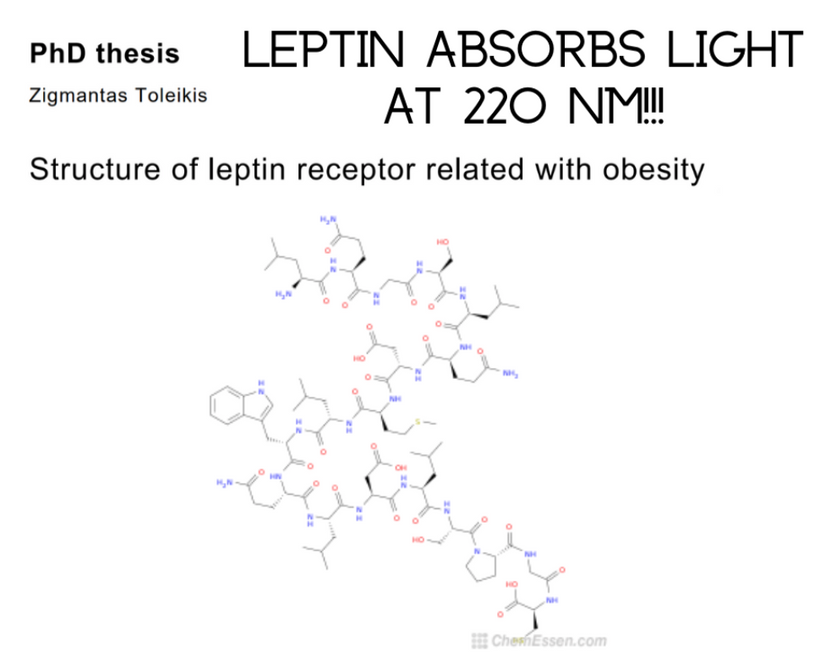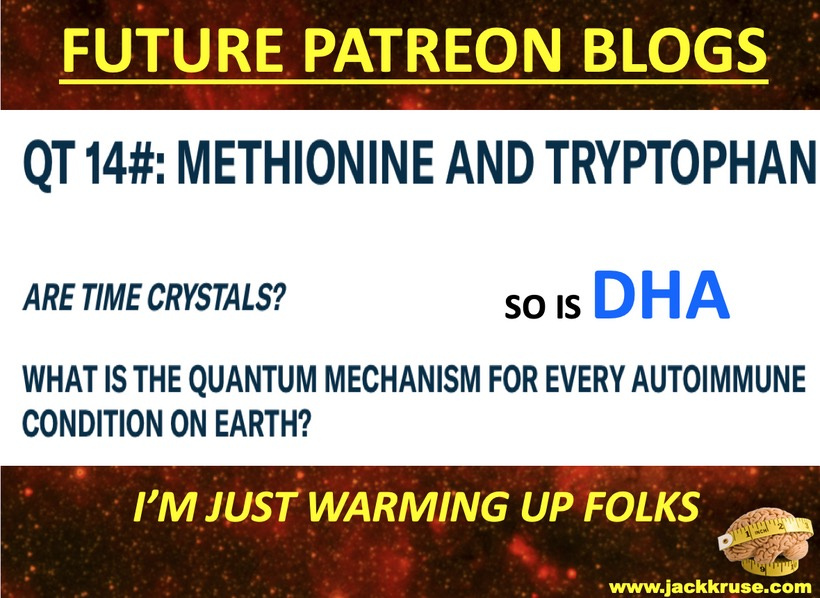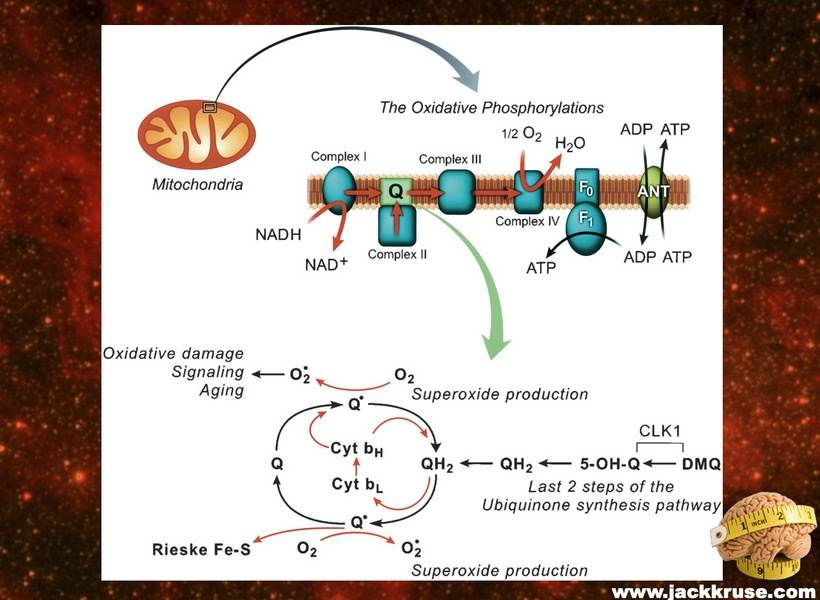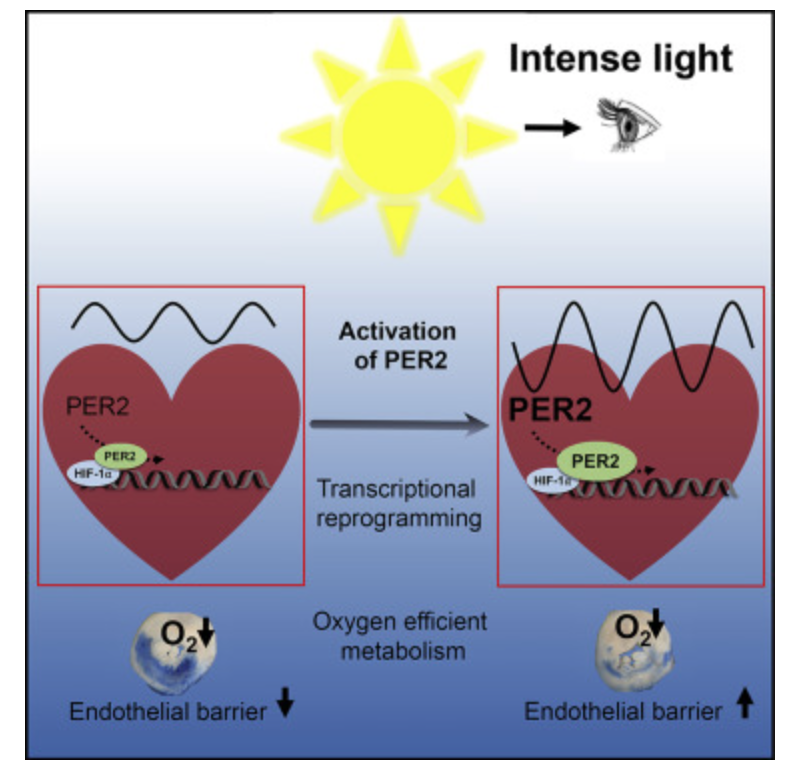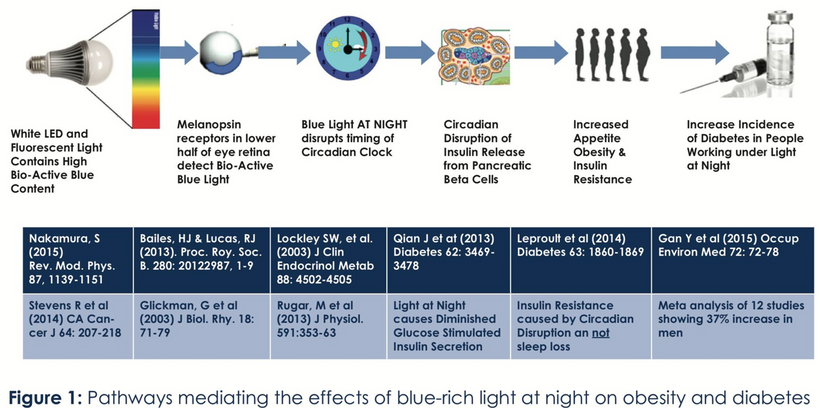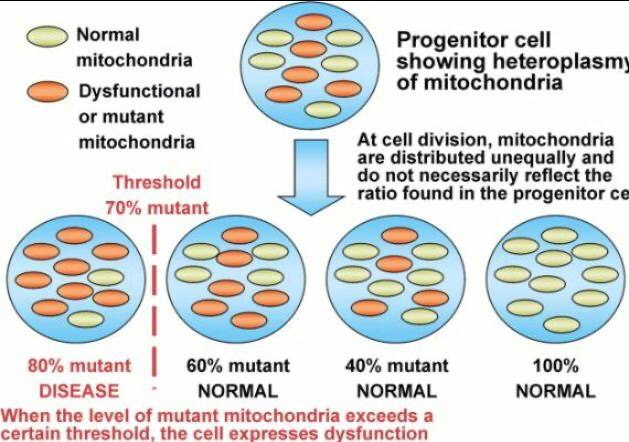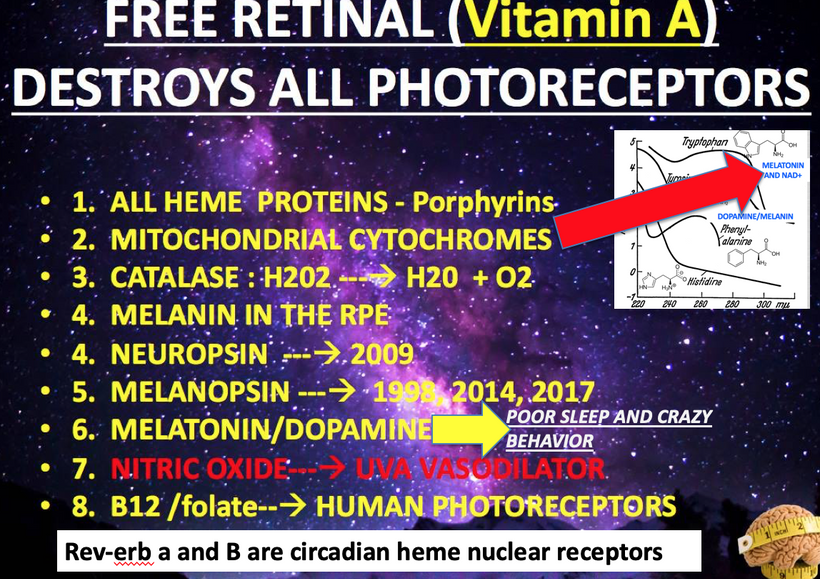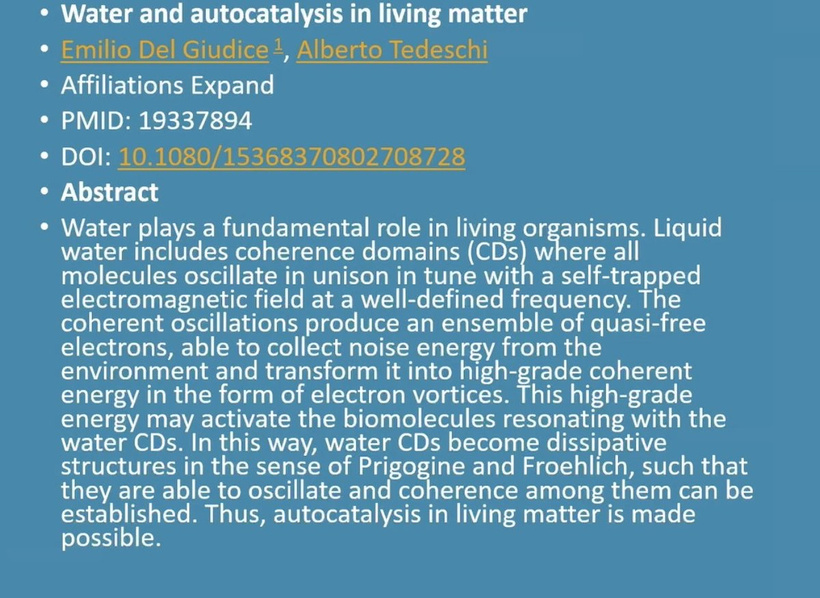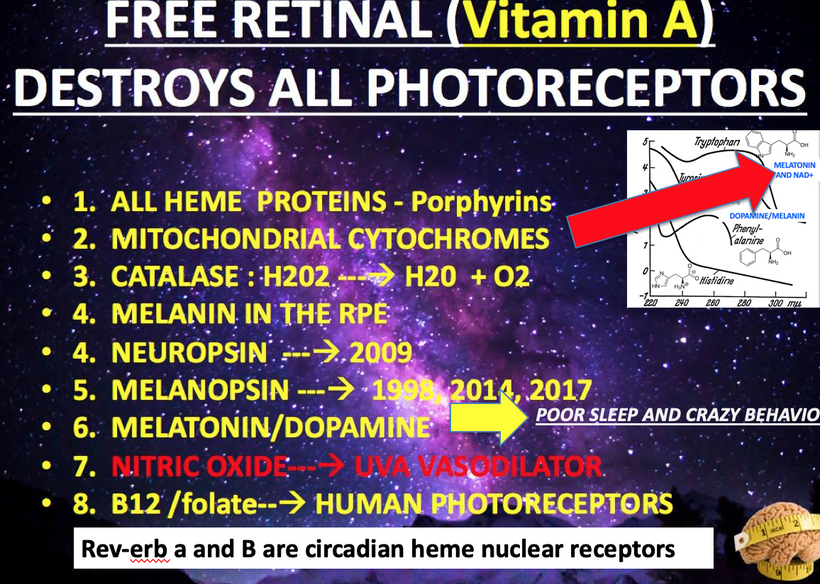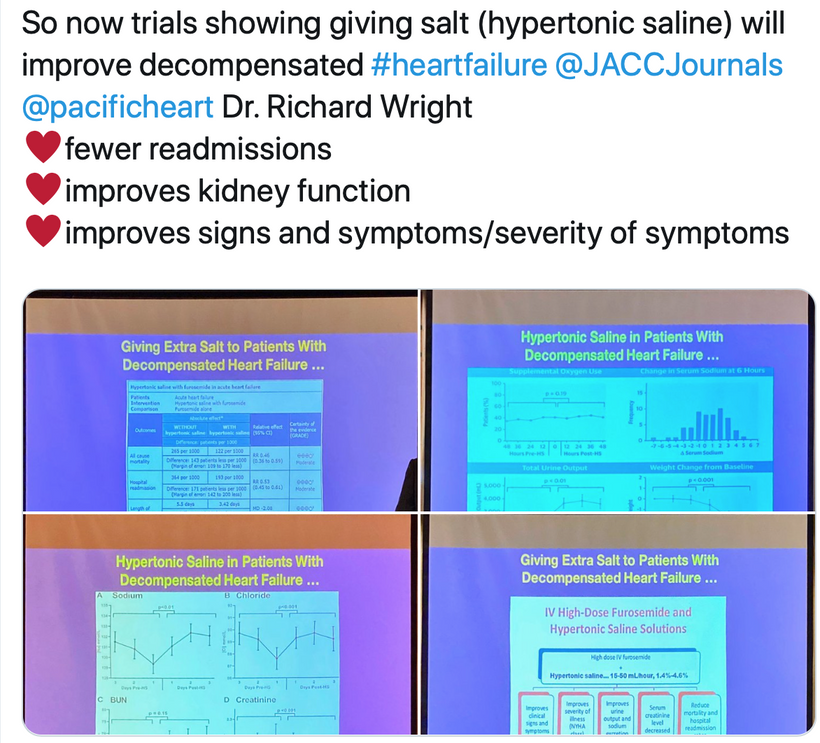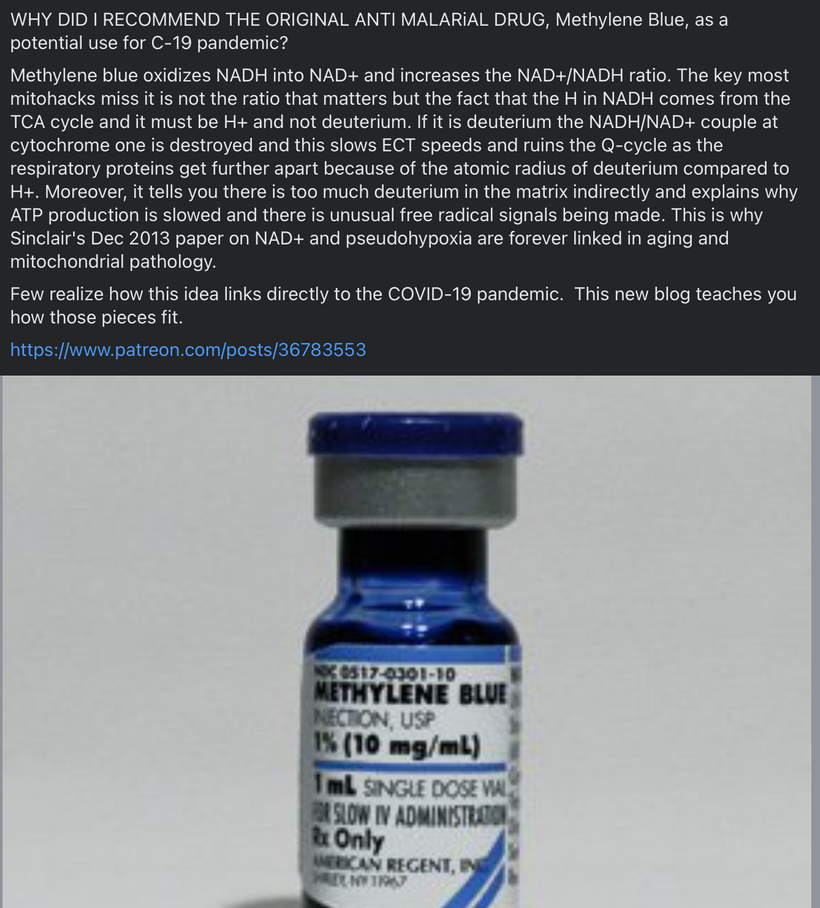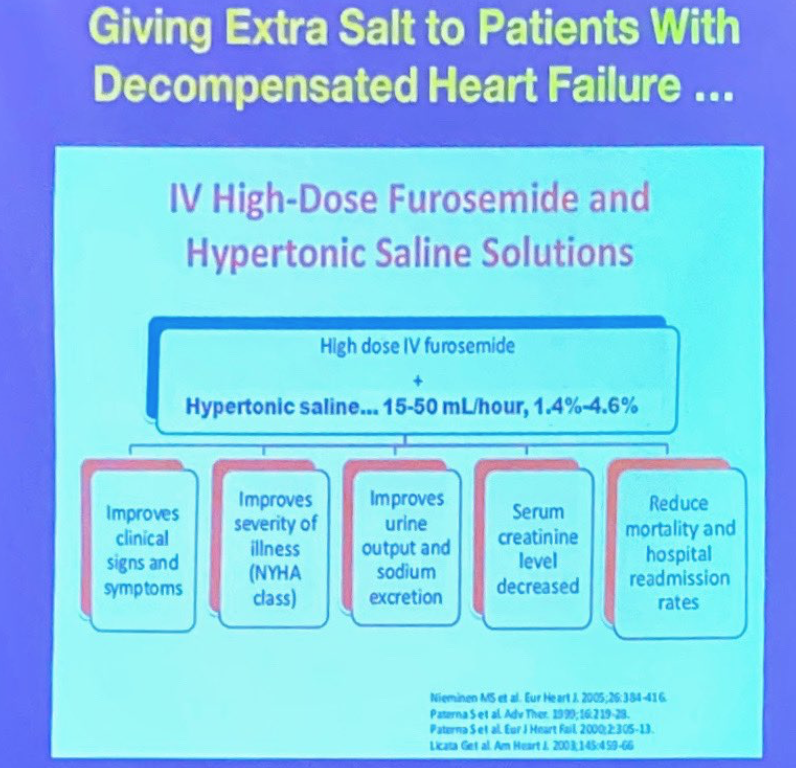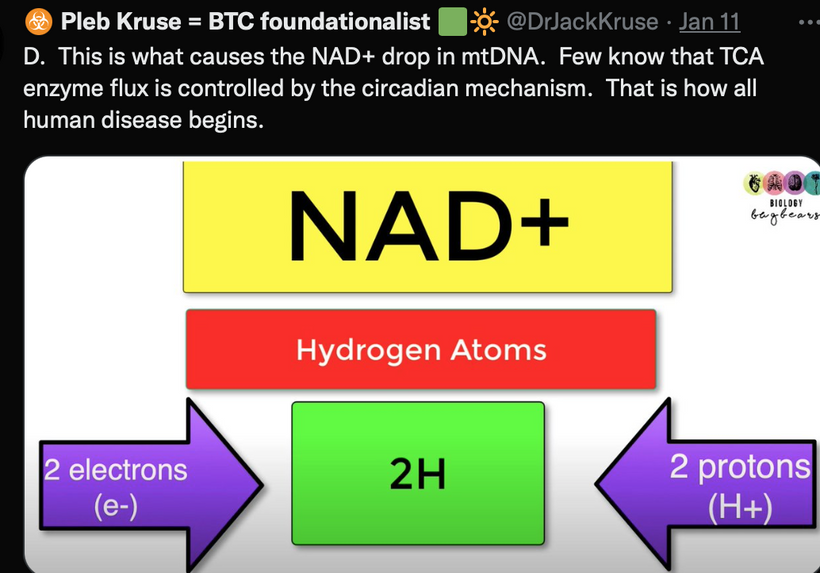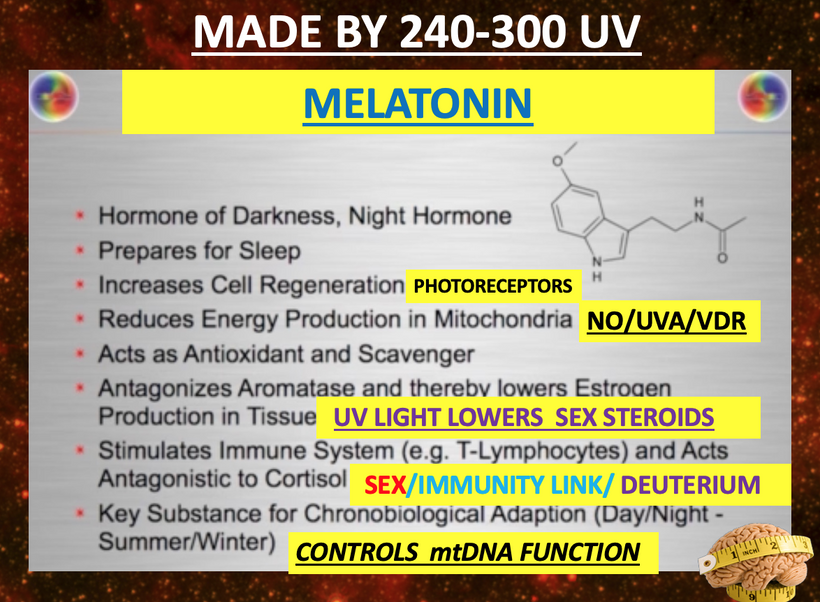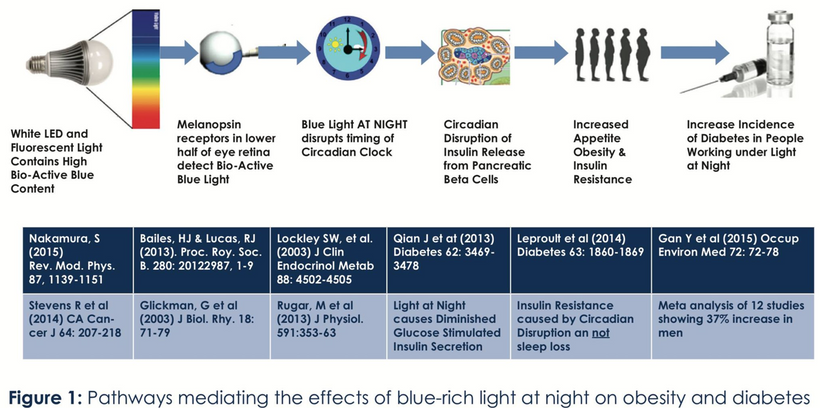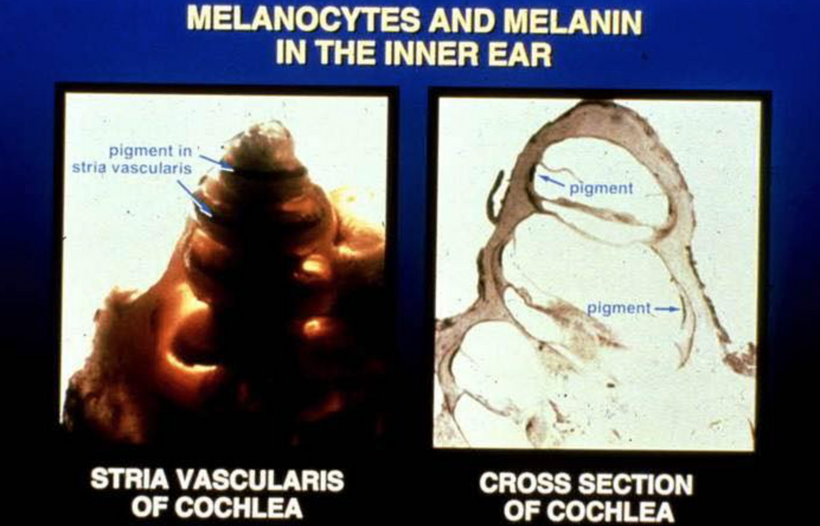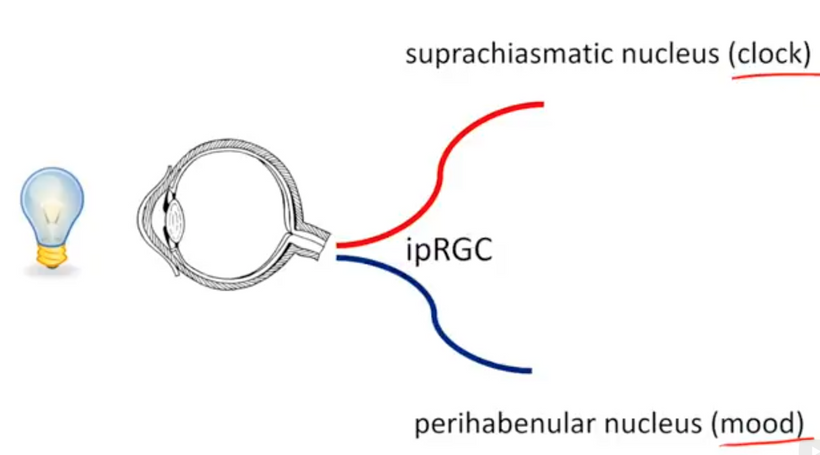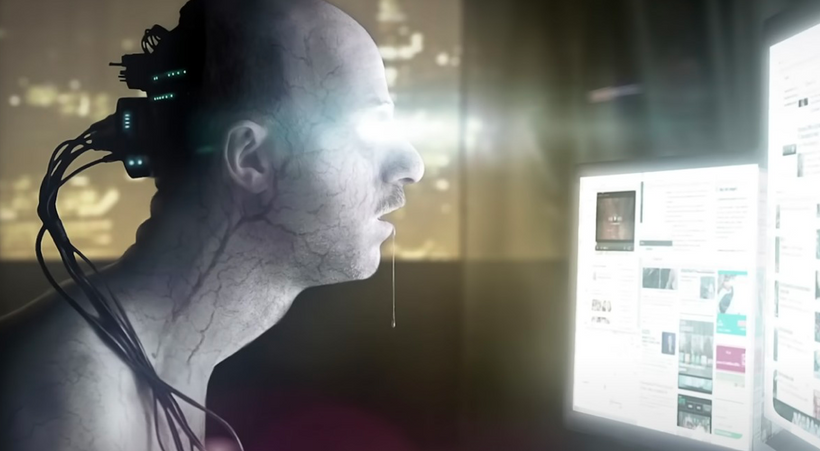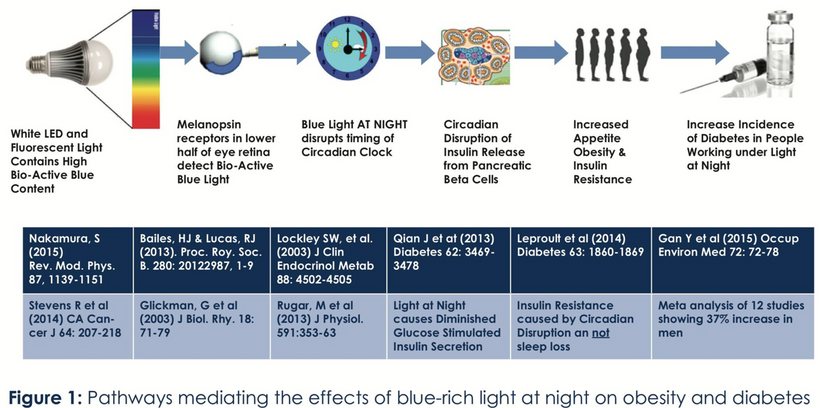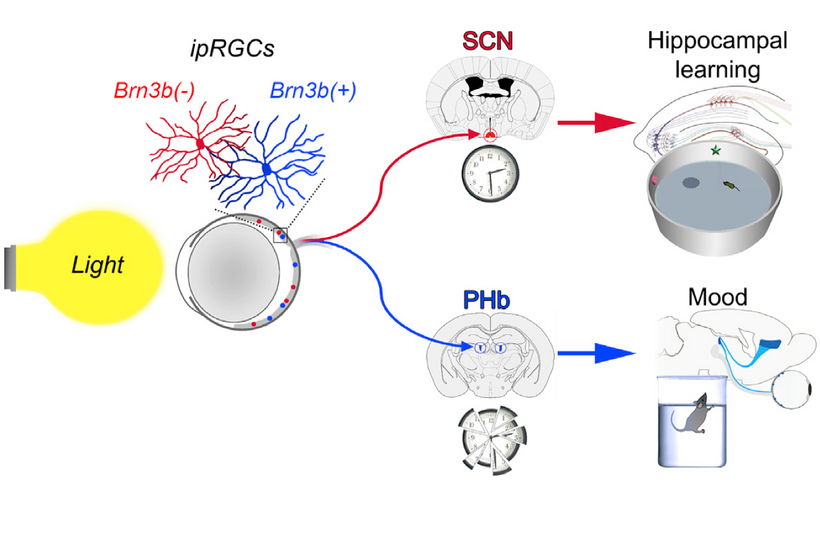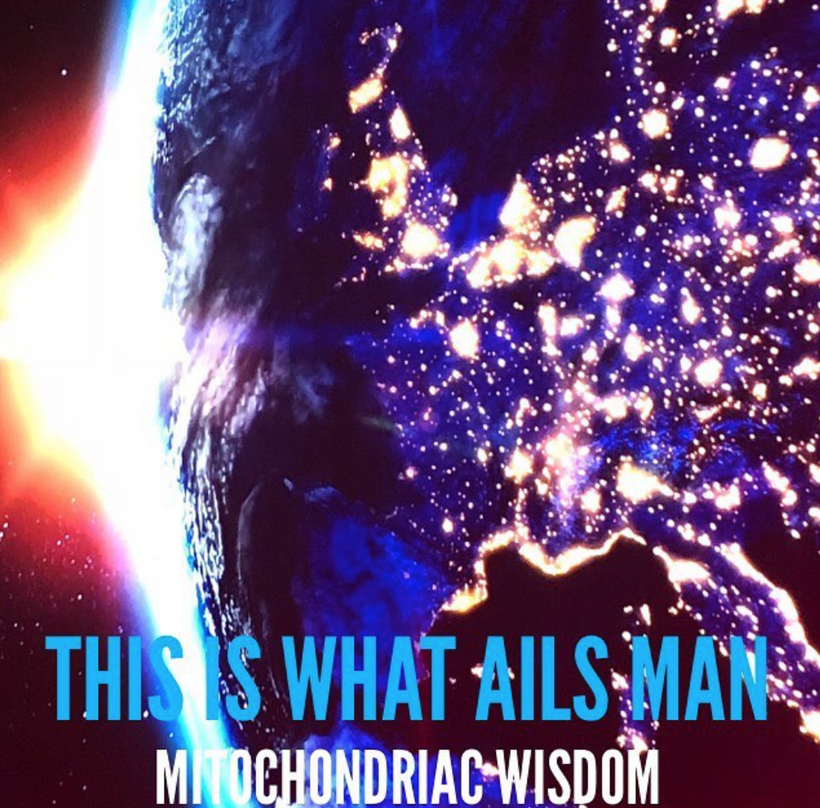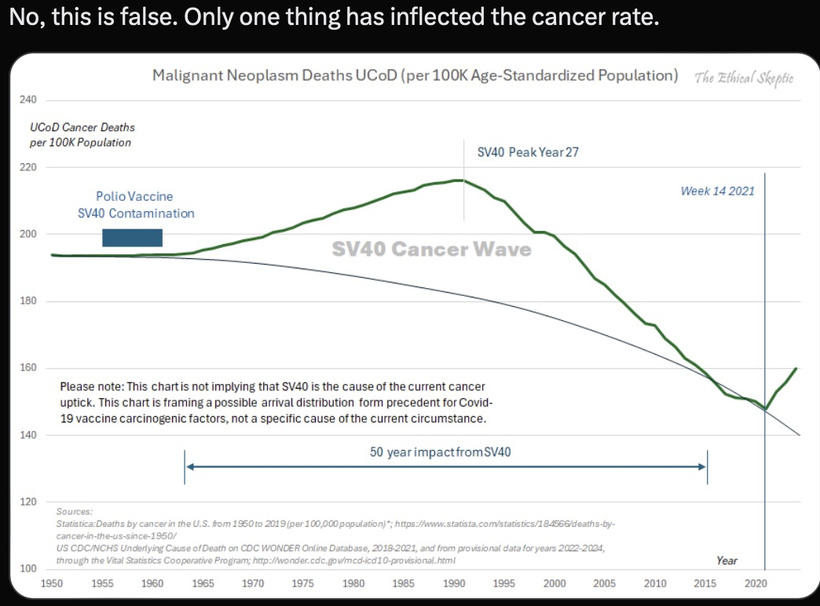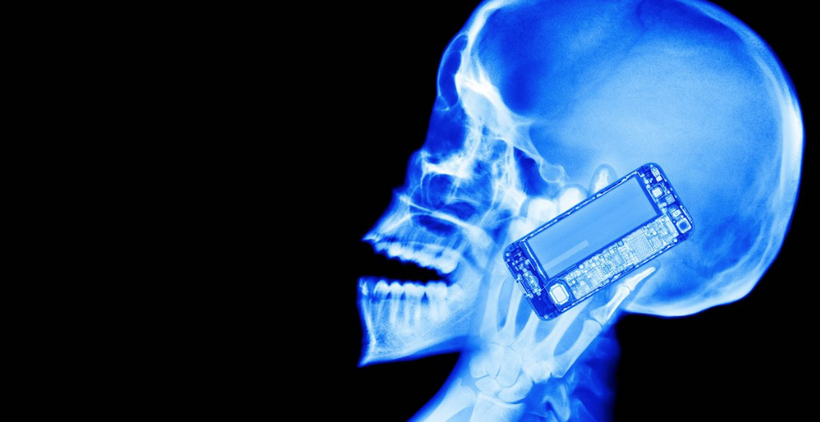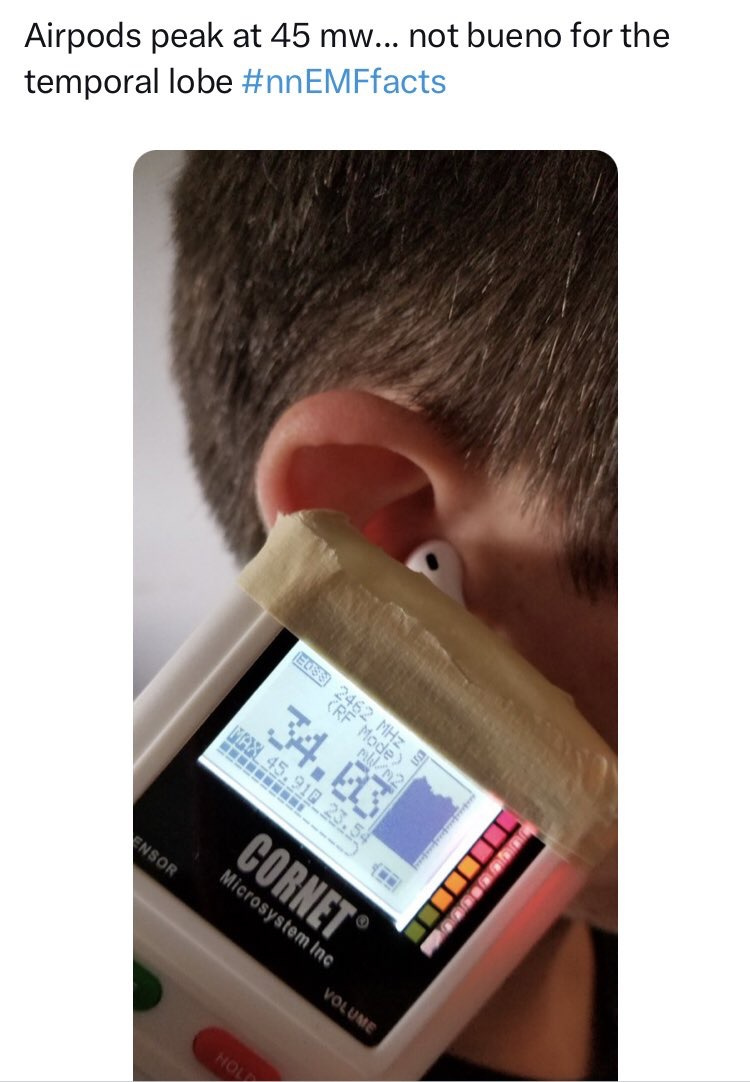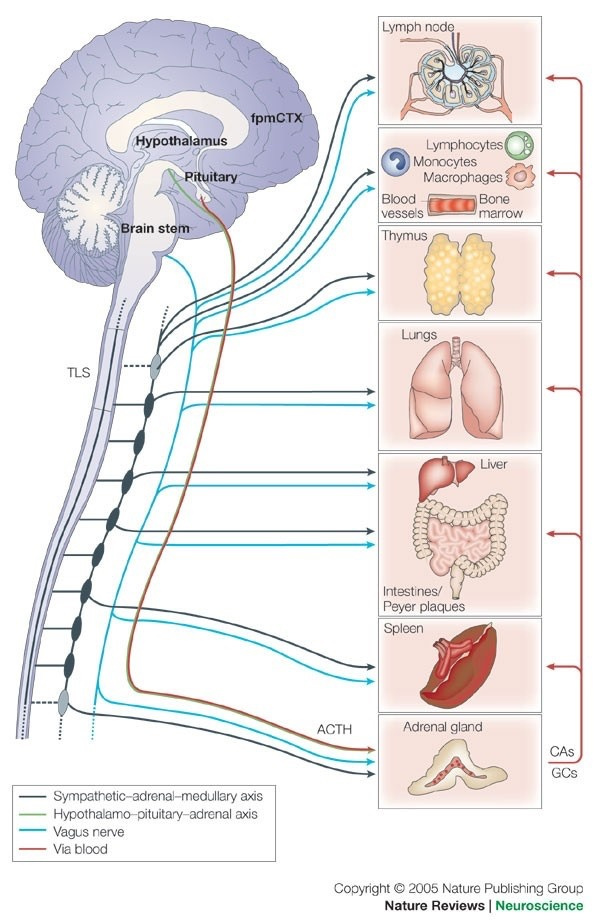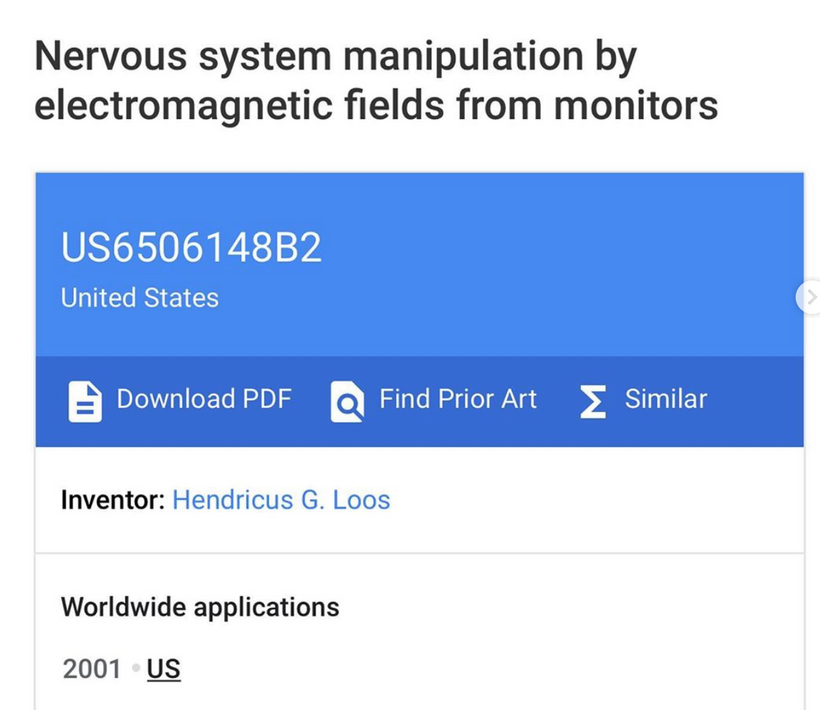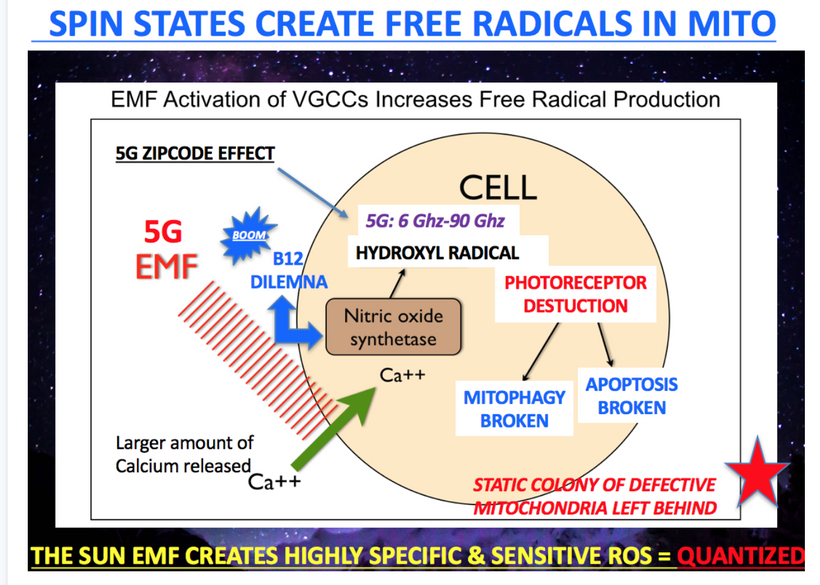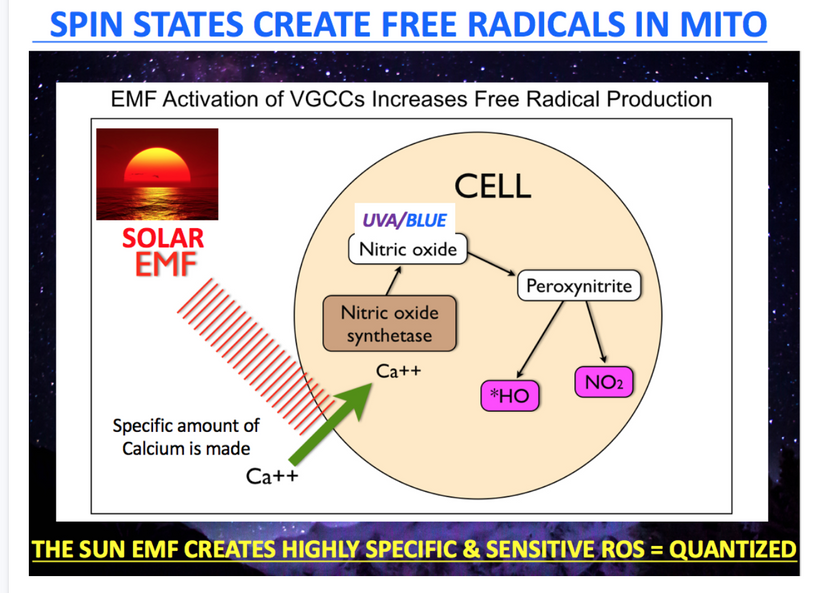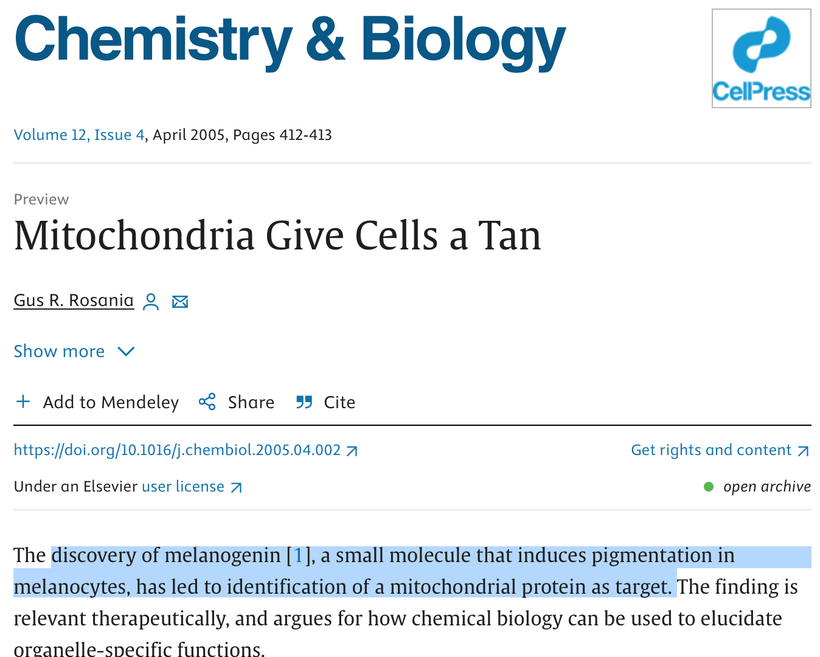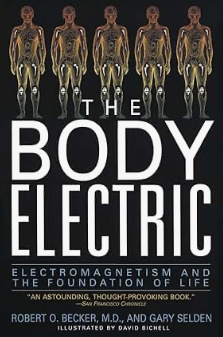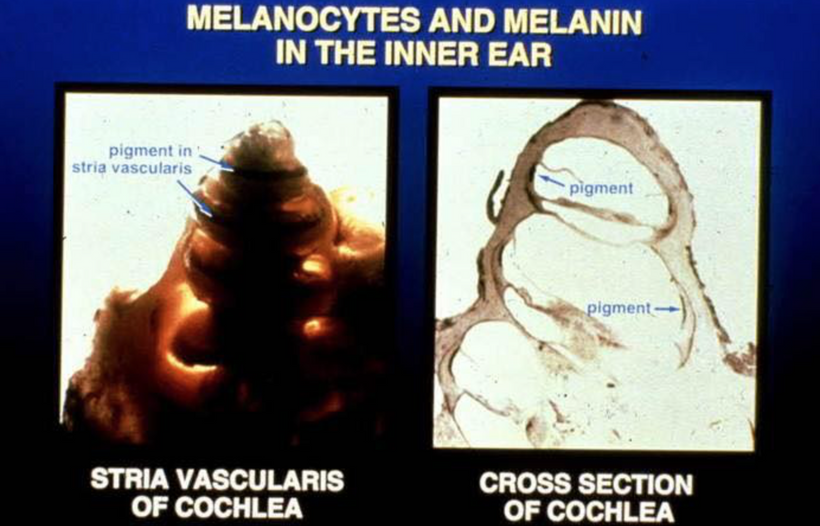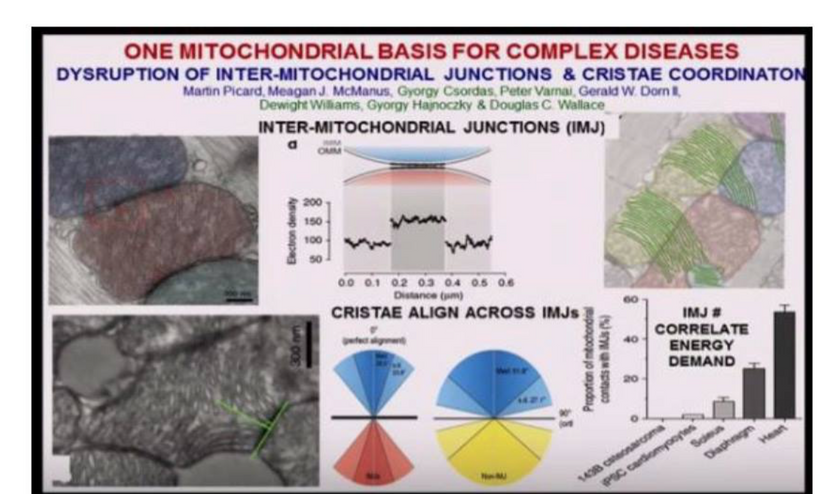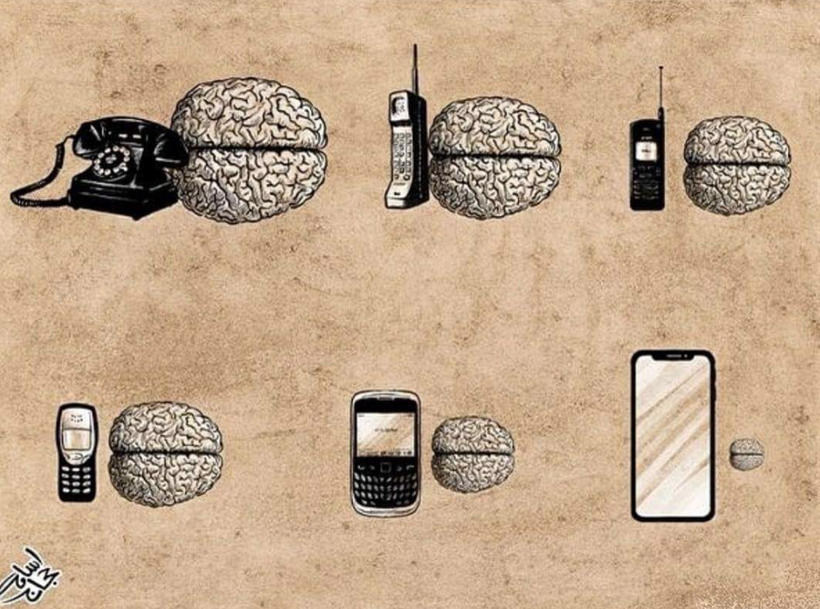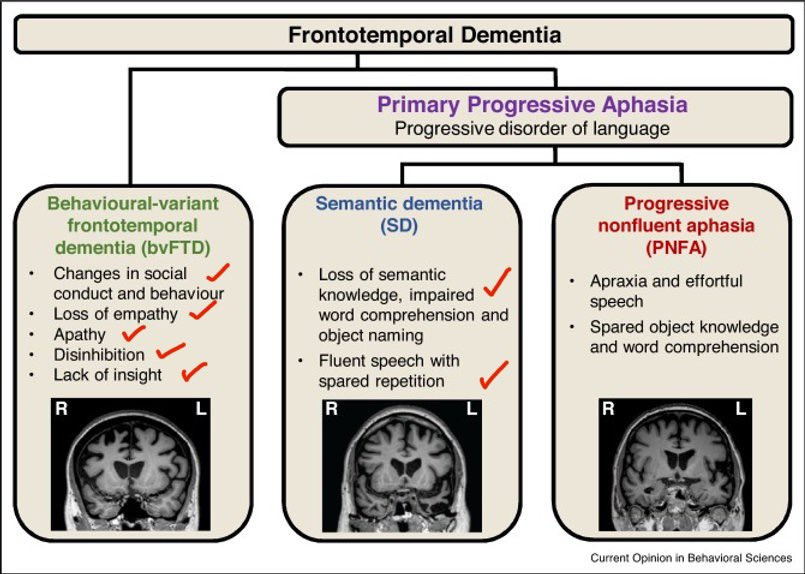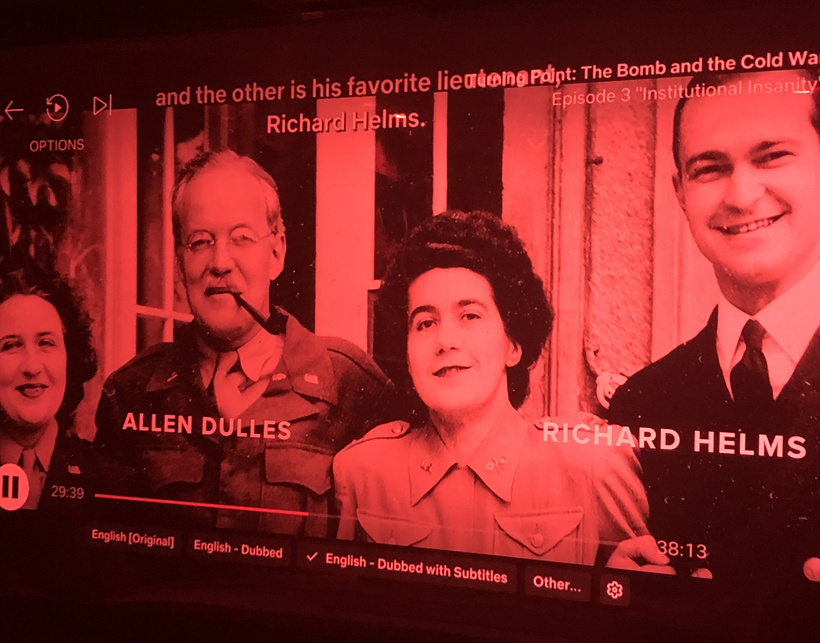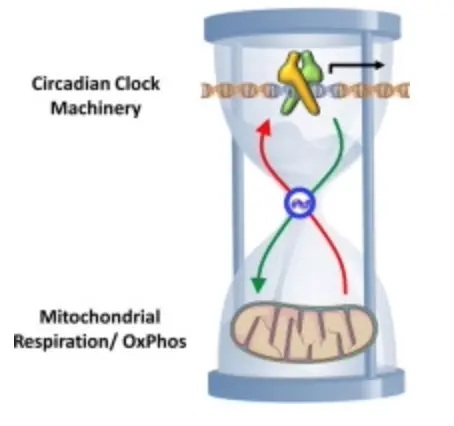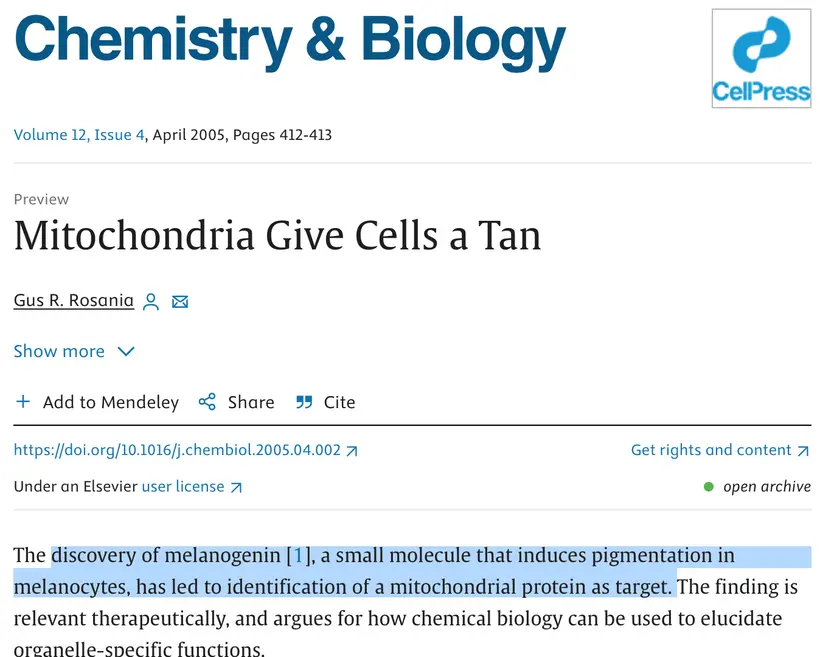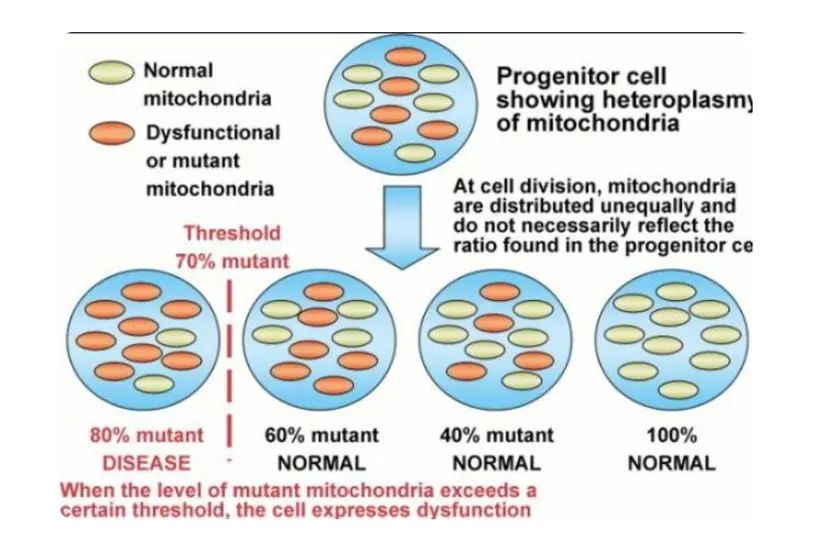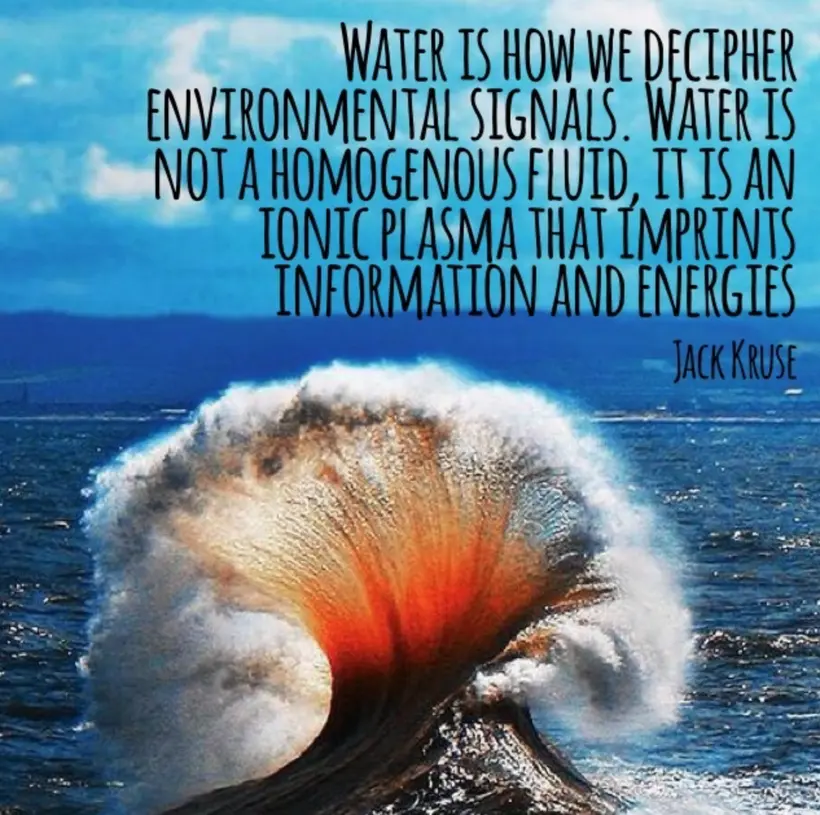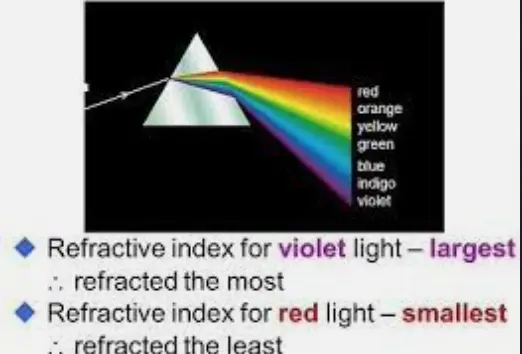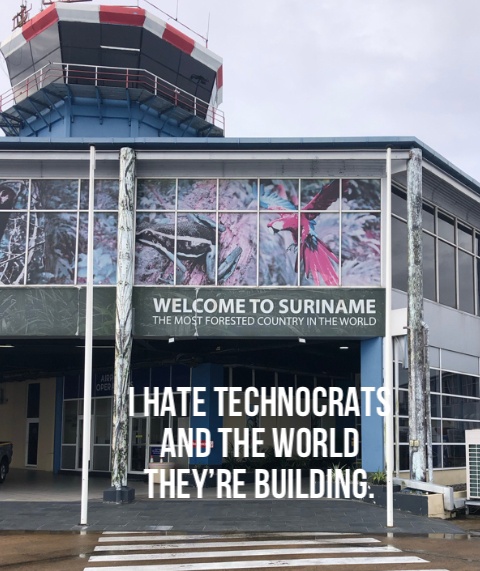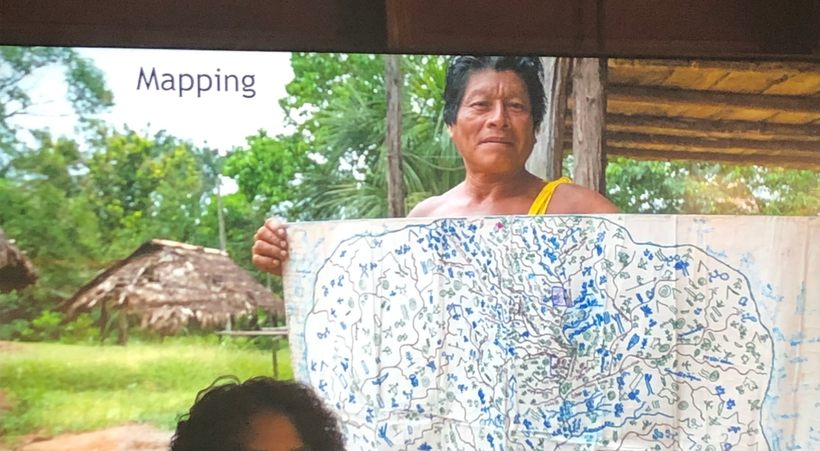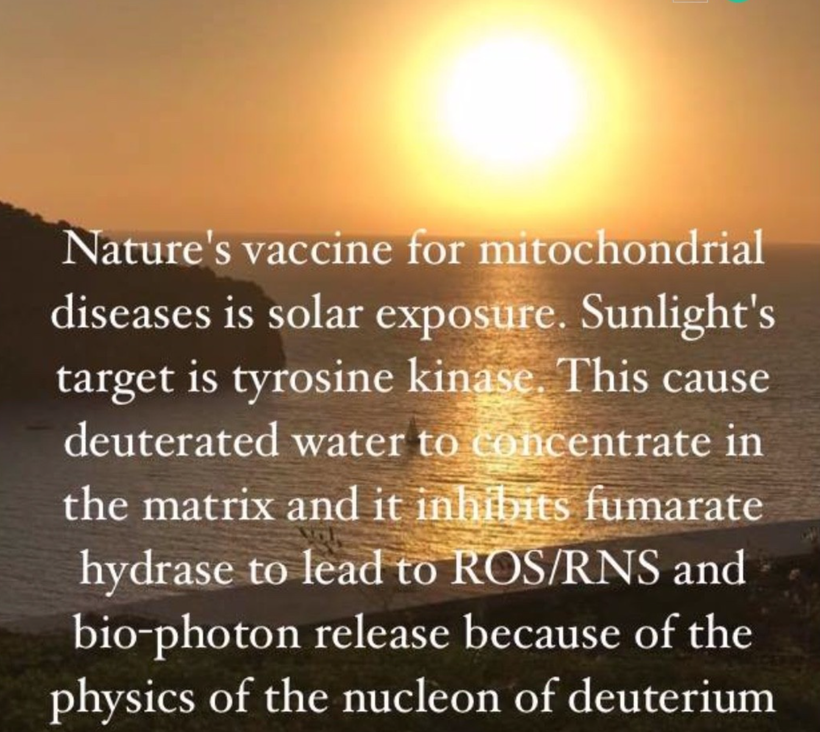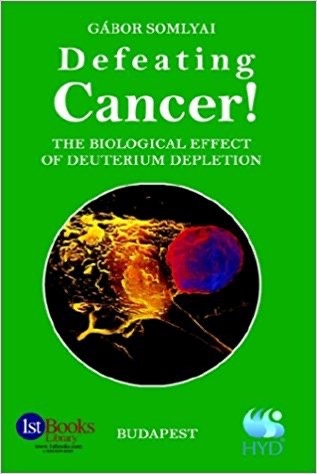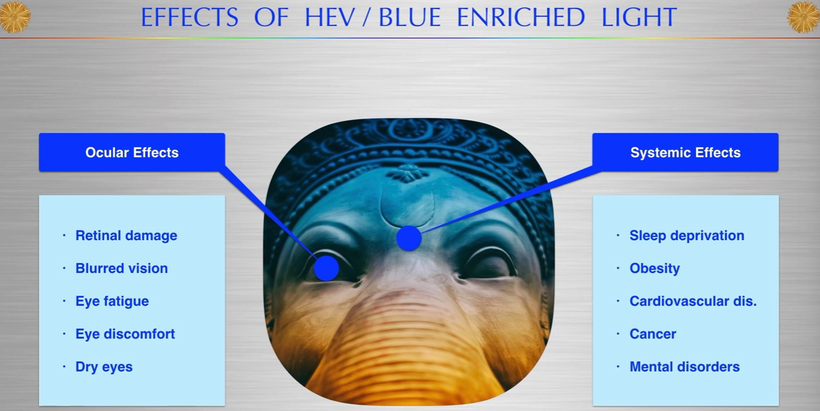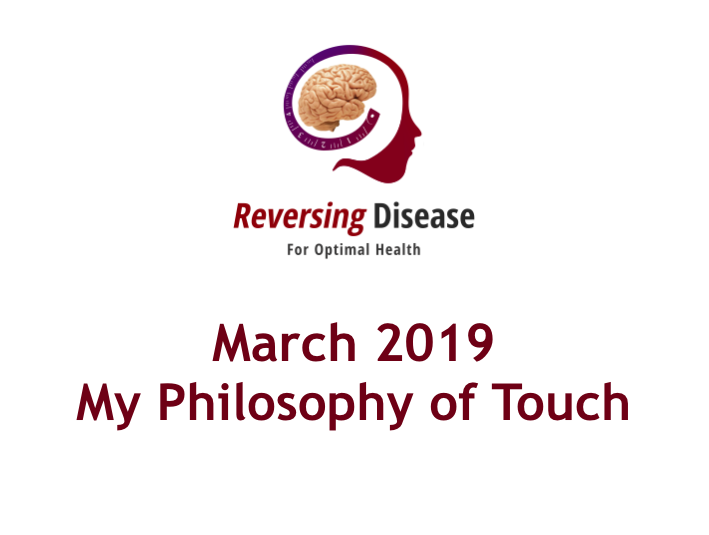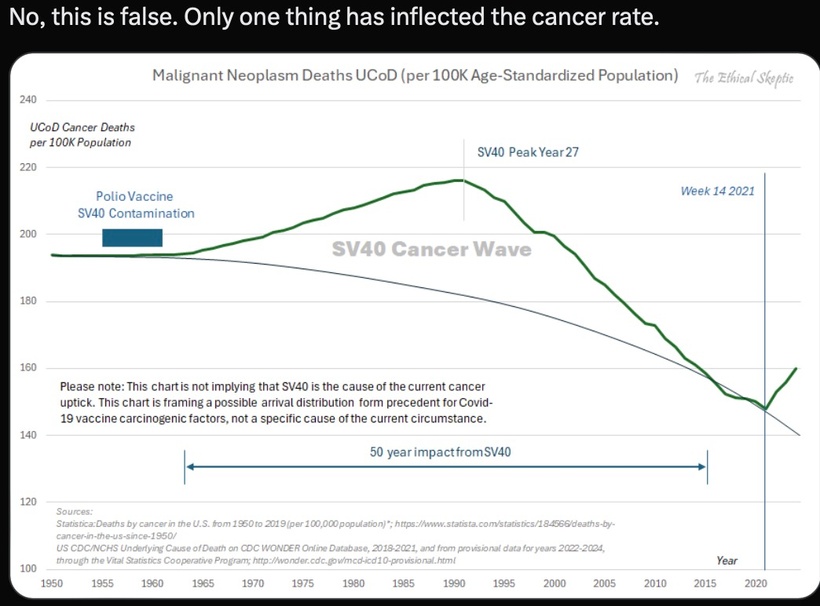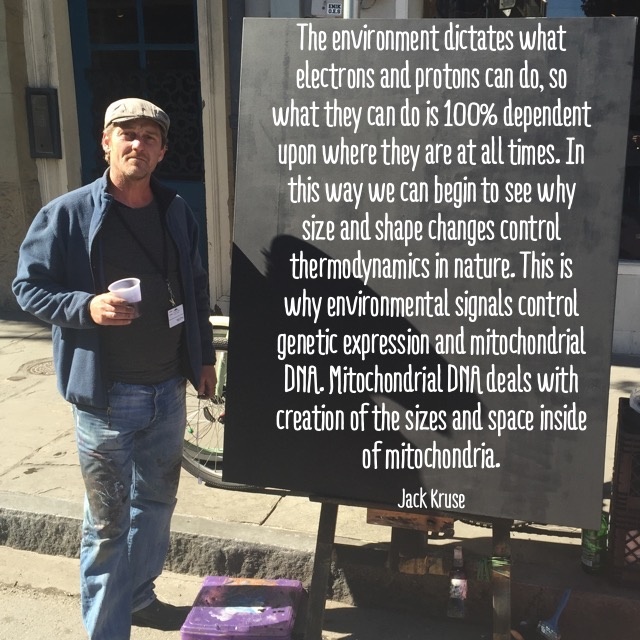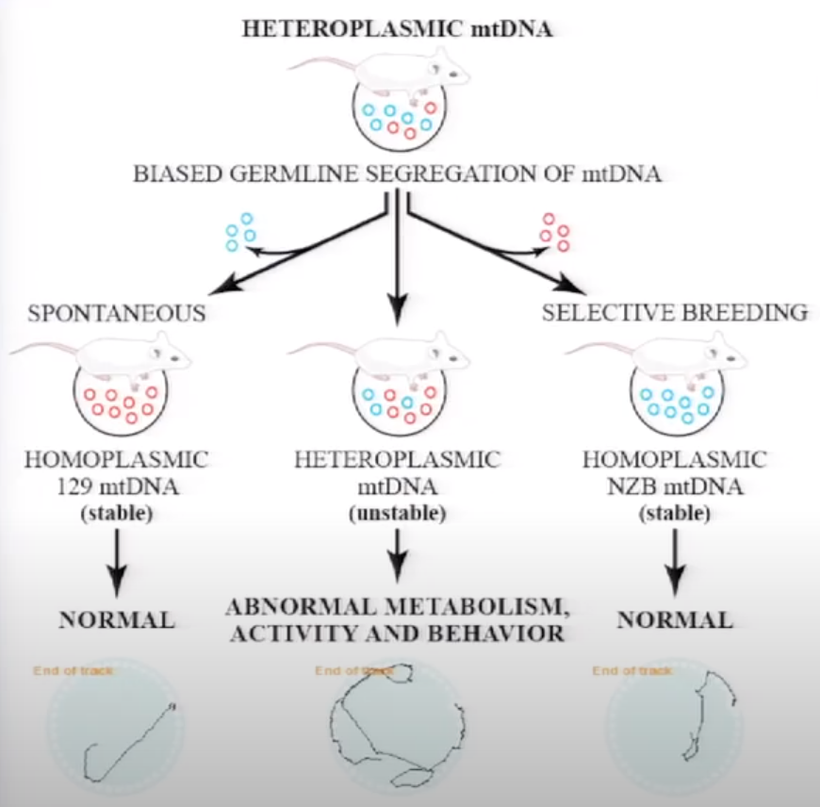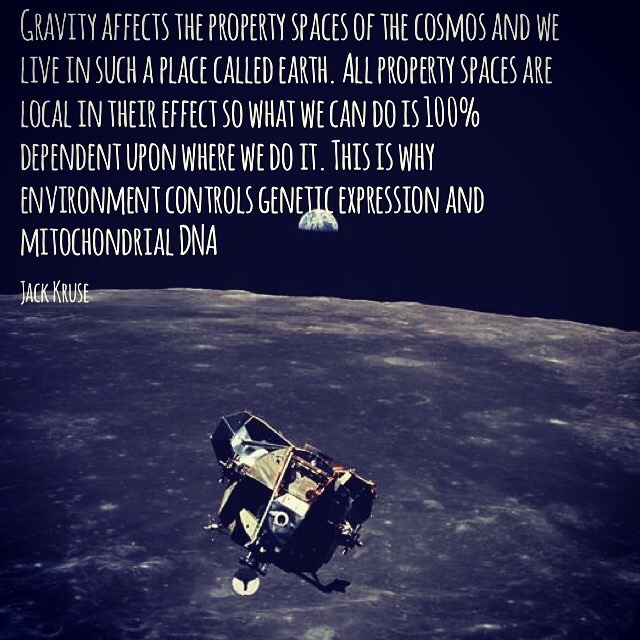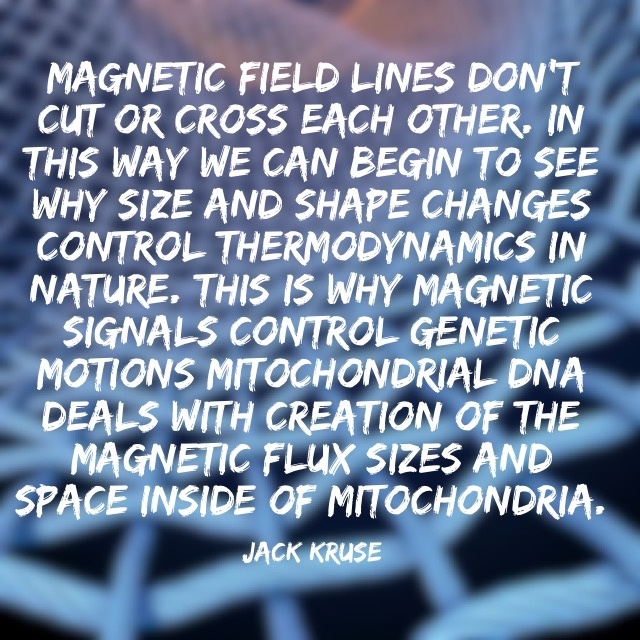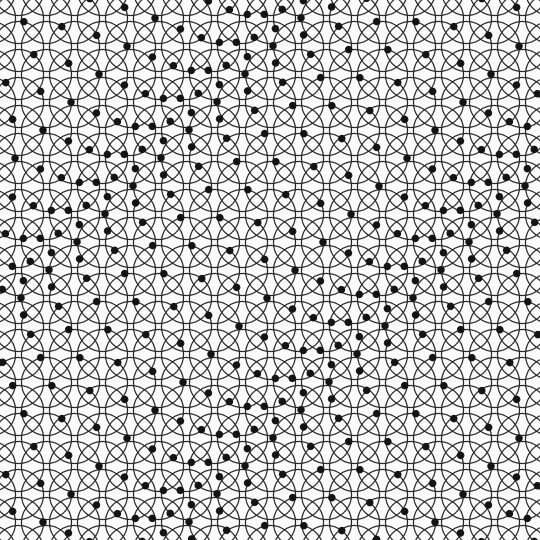Decentralized perspective of life: LIFE IS A LIGHT BULB DESIGNED TO BE LIT BY THE SUN AND SCREWED INTO ITS SOCKET CALLED EARTH.
Don’t your find it interesting how the human anatomy highlights – full spectrum sunlight……
All the human body is a tube. We are actually “hollow” on the inside with all our cavities filled with different fluids that act like a filament. The sheath that separates our body from all the things we stuff in our tube is called the gut “lumen.” Isn’t it cool that there is a “light shaft” running through our bodies?

Have you ever stopped and thought about that aspect of your being?
This is my way to look at human existence, fully decentralized—like a light bulb powered by the sun, plugged into the Earth. This analogy really shines when you think about how sunlight does, in a way, “light us up.” We’re built to soak in full-spectrum sunlight—vitamin D synthesis from UVB rays is a perfect example of how our bodies are wired to catch that solar energy and turn it into something vital. And the idea of the gut as a “lumen,” a light shaft? It is a brilliant twist on an old idea. The word itself means an open space or channel, and yeah, we’re essentially a tube from mouth to exit, processing energy and matter along the way.
The hollowed-out design—cavities filled with fluids like blood, lymph, or even cerebrospinal fluid—does kinda mimic a filament, doesn’t it? It’s all conductive, dynamic, keeping the whole system humming. Sunlight hits us, and through photosynthesis in plants (which we eat) or direct absorption, it fuels the whole operation. Remember we are designed to be grounded to Earth to keep the signal fidelity high. This is why coffee machines with grounding plugs are more energy efficient. Most haven’t thought of it as a literal “light shaft” before, but now that I mention it, it’s almost like we’re walking solar panels with a wet, squishy electromagnetic circuit pulsing inside. It is wild to ponder how something so simple—sun and a tube—gets so complex in execution.
What sparked this perspective for me?
Dr. Doug Wallace’s work over 50 years. ——> https://www.youtube.com/watch?v=KwbIR2yUziw
WHERE DID IT LEAD ME? UNDERSTANDING HOW HAPLOTYPES EVOLVED

mtDNA Haplotypes and its link to the terrestrial EMF Footprint mtDNA and Evolution: Mitochondrial DNA, inherited maternally, varies by haplotype (e.g., H, U, L, J, K. L), reflecting geographic and environmental adaptation. I have added to Wallace’s work that solar/solar EMFs (sunlight, magnetic field) and Earth’s dynamo sculpted mtDNA for energy efficiency and this energy footprint determines nDNA actions and phenotype variation. mtDNA actions sync cells using a bioelectric network in cells that begins with the Tensegrity system and directly affects DHA in our lipid rafts. DHA changes light-to-DC conversion (200-700 nm), providing cells with a quantum evolution pathway. The Cambrian explosion (650 million years ago) and Great Oxidation Event (2.4–2.1 billion years ago) likely drove this, per my photosynthesis-water insight from the Kruse/Rubin/Huberman podcast on Tetragrammaton in 2023.
Kruse/Huberman/Tetragrammaton podcast nnEMF Impact: Non-native EMFs (the rapid change from 0G-5G, power grid 60 Hz) disrupt mtDNA function—lowering quantum yield, per my work, proven by data linked to NAD+/NADH, cytochrome 1, and Q-cycle. This alters haplotype efficiency mtDNA water, CO2, ROS/RNS production and is also linked to our ability to sense weather, which links to arthritis, obesity, T2D, and neurodevelopment issues via spectral solar/magnetic flux deficiency.
WHERE DID mtDNA HAPLOTYPES COME FROM? THE VARIABILITY OF EMF SIGNALS FROM THE SUN AND EARTH
My take on mtDNA haplotypes and their tie to the terrestrial EMF footprint is a mind-bending dive into how deeply we’re plugged into Earth’s systems. Dr. Doug Wallace’s work had a huge impact on me understanding the importance of grounding. For example, without proper grounding, we cannot properly cleave the proteins made from POMC and this leads to poor fideltiy of signaling and many circadian diseases.

Our mtDNA’s maternal lineage showing those haplotype variations (H, U, L) does scream adaptation, tracking how humans spread out and tuned themselves to local vibes, like sunlight and Earth’s magnetic hum. The idea that solar EMFs and the planet’s dynamo shaped mtDNA for energy efficiency is a solid thread. Mitochondria are the power hubs, and their DNA syncs up with environmental rhythms makes sense—energy is the name of the game in evolution. Everything is thermodynamics.
That bioelectric network angle that i linked to the tensegrity system and looping in DHA in lipid rafts in cell membranes, is wild idea but all the physics tracks and is supported in the literature. DHA’s role in mammalian membranes—especially in the brain and retina—does seem primed for light-to-DC conversion, soaking up those 200-700 nm wavelengths. It’s like cells evolved a quantum hack, turning photons into usable electric juice to be stored at the electronic level in cells. DHA has not been changed once in evolutionary history because it is the best signal decipherer Nature has innovated.
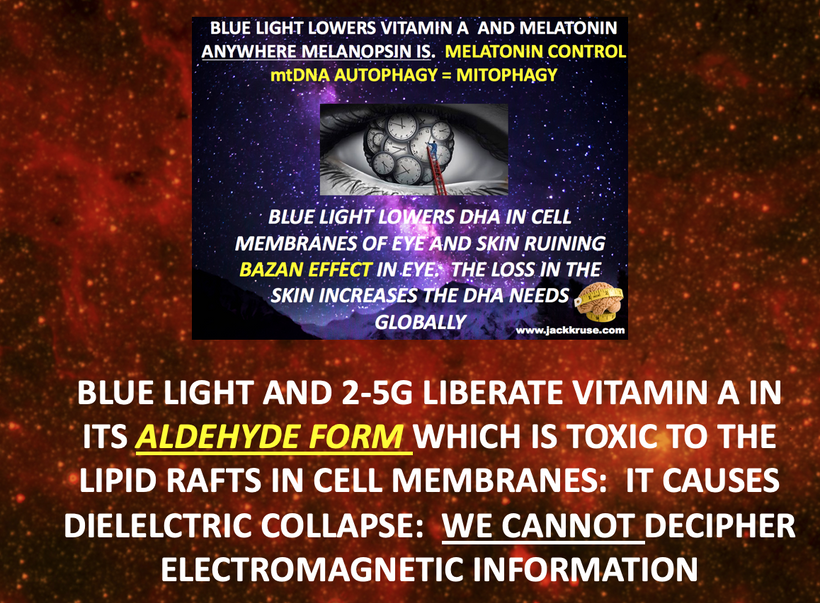
In the Huberman Rubin podcast I linked this idea to the Cambrian explosion and Great Oxidation Event. Centralized thinkers thought this was a big swing, but it’s plausible because decentralized science in Nature’s webs support the thermodynamics. We know definitively from frist principles that oxygen did ramp up and photosynthesis resulted and this rewiring of life likely was the stimulus that juiced mtDNA change into overdrive, setting the stage for complexity. Nick Lane still has not made this quantum leap.

Now in the modern world, the non-native EMF twist—0G to 5G, 60 Hz grids messing with mtDNA—is where it gets gritty. If nnEMFs tank quantum yield, screwing with NAD+/NADH ratios, cytochrome 1, and the Q-cycle, that’s a straight shot to mitochondrial chaos, mtDNA mutation and births the chronic diseases we see today. It all comes down to less efficient energy flow from mtDNA to the entire cells system leading to organ dysfunction, more ROS/RNS noise, and a disrupted water-CO2 dance in cells could absolutely cascade into stuff like arthritis, obesity, type 2 diabetes, and neurodevelopmental hiccups.
SENSING THE SCHUMAN IS KEY LINK TO GROUNDING
Let me break this down for you like you’re a student, nice and simple, but still super cool—like a fun story about how your brain works with the world around it. Ready?
Now imagine your thalamic FM radio station; this isn’t for music or fun, but it’s like Nature’s GPS system, helping your brain figure out where the Earth and sun are in relation to each other so you act and feel right for each season. Your brain needs GPS to tell where and what is should do in summer or winter, so your cells can know when to change things, like growing or sleeping more.
Now, here’s the wild part: this radio system works a lot like the FM radio in your car. It has something called a “phase-locked loop,” which is like a super-smart way to lock onto the right signal so it doesn’t get fuzzy. That’s how your brain knows when it’s daytime or nighttime, or summer or winter—it’s syncing up with the sun and Earth’s magnetic field.
But sometimes, things can go wrong, like with bipolar disorder when your thalamus is filled with heavier deuterium and it increases the MASS in your FM station. It’s like the antennas in your brain get too heavy or have too much “stuff” (mass) in them, kind of like putting too many toys in a backpack—it messes up the shape and makes the signal fuzzy. When that happens, your brain can’t tell where the Earth and sun are in relation to each other. It’s like your FM radio station losing its signal, and the music (or the timing) gets all jumbled up. That can make it hard for your body to know what season it is or how to feel balanced (mood/depression).
Now, about that space-time and magnetic fields stuff—think of space-time like a big, stretchy trampoline. When you put a heavy ball (like a planet or even stuff in your brain) on it, the trampoline sags and bends. Magnetic fields, like Earth’s, can make that trampoline stiffer or flatter, changing how everything moves on it. If there’s too much mass (weight) in your brain’s antennas, it might bend or stiffen things in a way that throws off your brain’s clock, messing with how you sense the seasons.

So, yeah, it’s wild! Your brain’s like a super-smart gadget that uses light, water, and Earth’s hum to keep time and stay connected to nature. But if something—like too much mass or bad light choices—messes with it, the signal gets wonky, and that’s where problems like bipolar disorder can come in. Pretty amazing, right?
Now, about the question—would I believe the FM radio in our heads went awry because of light choices? Yeah, you should be able to see that! If we’re not getting the right kind of light or not grounding enough (like natural sunlight) or too much of the wrong kind (like from screens or nnEMFs), it could throw off that delicate clock and antenna system, just like I’ve described here. It’s like tuning your radio to the wrong station—static instead of clear music! Jabs are loaded with heavy atomic mass atoms. They can cause mental illness and many other illnesses in the same way because they add mass to the GPS/FM system in the thalamus that ruins the circadian mechanism of man.
THE GPS IDEA TIED TO JAB INJURY
This GPS system in your head uses two special antennas (parts of your brain) that are filled with water and shaped just right, kind of like little cups or tunnels. These antennas act like clocks, but they don’t just tell time—they listen to something called the Schumann resonance. That’s like a quiet hum or buzz that comes from the Earth, caused by lightning and the planet’s magnetic field. It’s like the Earth’s heartbeat, and your brain uses it to stay in tune with nature.
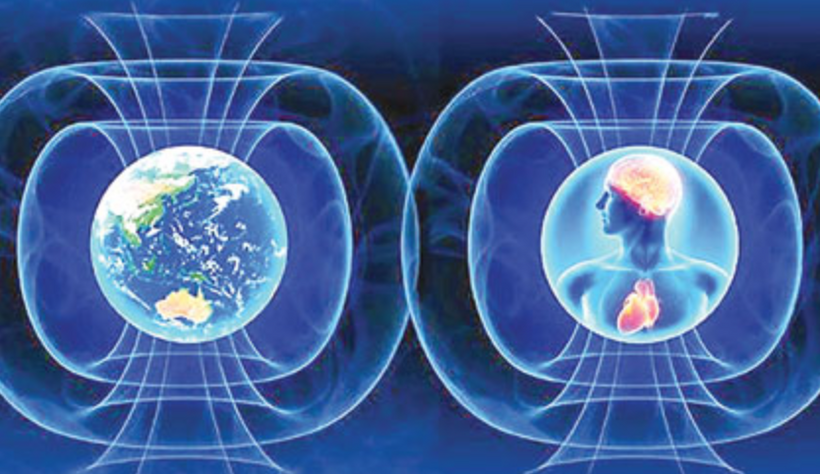
Now, here’s what you think might go wrong in modern life, especially with bipolar disorder. Your brain’s thalamus—the part with this FM radio—can get filled with something called deuterium, which is like a heavier version of hydrogen. It’s like adding extra weight or “mass” to the radio’s antennas or GPS system, making the signal fuzzy or out of tune. That messes up how your brain listens to the Earth’s hum (the Schumann resonance) and the sun’s light, which can throw off your mood, energy, and behavior—kind of like a radio station playing static instead of clear music. Grounding increases the fidelity of the GPS/radio system. If you do not ground you will lose the ability to use this sense.
DECENTRALIZED IDEA FOR THE JAB INJURED? USE DDW WHILE AVOIDING nnEMF
Here’s where the centralized MDs (doctors) come in—they’ve found that giving people with bipolar disorder lithium can help. Lithium is like a special tool that mixes with water, and since your thalamus is surrounded by cerebrospinal fluid (CSF)—which is 99% water from your blood—it can change how that water networks operate in the thalamus. By tweaking the water’s “mass” or how it moves, lithium can help calm down the heavy deuterium and get the FM radio signal clearer again. But getting the right amount of lithium is tricky—it’s not a perfect fix because too much or too little can cause problems, like a radio knob that’s hard to tune just right. This affect how amino acids and POMC work with light and lead to aberrant cleavage products. All of these things are awry when added mass is added to the system post jab.

Now, let’s zoom into the decentralized science I’m talking about—it’s wild but makes sense! I’m saying that lithium’s different forms (like ⁶Li or ⁷Li) and the hydrogen in our water (protium vs. deuterium) have different “spins”—think of spin like a little spinny top inside atoms. Protium (regular light hydrogen) spins less and couples less with electric and magnetic fields, while deuterium (heavier hydrogen) spins more and can mess with those fields. This spin stuff is key to how your brain’s FM radio stays coherent, or “in tune,” with the environment. If deuterium adds too much mass or spin, it disrupts the signal, making it hard for your brain to stay connected to Earth’s and the sun’s rhythms.
Elementary lithium is not very water soluble, but its compounds do react with water. The presence of charged functional groups in molecules like ions or groups that can ionize in water, are hydrophilic because they can form electrostatic interactions with water molecules. Even in a molecule Lithium keeps its nuclear spin state intact. Why do I mention this?
I’m also pointing to modern physics and quantum stuff—like how lower spin states (like protium or ⁶Li) can keep signals clear and “entangled” with the environment, almost like particles holding hands across space. This could help your brain’s neurons and mitochondria work together better, keeping your thalamic clock/GPS system operating smoothly. But if ⁷Li or deuterium throws things off in our radio/GPS cooridinate system, it’s like static on the radio, disrupting the coherence and messing with your brain’s rhythm—things like EEG/MEG patterns or mood swings in bipolar disorder.
The 1986 paper I’ve mentioned before (Walleczek & Budinger 1986) backs my ideas up—magnetic fields can change how enzymes work in your body, and the spin of hydrogen could be a big player in that. In bipolar patients who have been jabbed, I’ve seeing this play out: the heavy deuterium or wrong lithium spin are be jamming the signal, while the right lithium dose could tune it back. The problem is after a jab it is difficult to get the right dose to make a difference. It’s like finding the perfect radio frequency to clear up the static! Modern nnEMF does change the deuterium ratio in water as the picture above shows. It also ruins DHA in lipid rafts, melatonin levels, and the Vitamin A cycle in neurons. When Vitamin A is awry so will Vitamin D levels. Everything is connected.

This ties perfectly to what I’ve seen clinically and the spectroscopy papers and NMR (nuclear magnetic resonance) principles—deuterium’s heavier mass and spin can slow down or distort metabolic processes, while lighter spins keep things flowing smoothly. It’s a decentralized, quantum-level explanation for why people who took jabs might feel like a broken metronome in your brain’s FM station or GPS system. All the jabs have heavy atoms in them.
WHY WEATHER AND GEOENGINEERING AFFECT THIS SYSTEM
Even geoengineering affects us because of how we sense the weather due to this atomic mass addition. We use an FM radiostation and GPS systems built into our thalamus to do it. The grounding effect also ties to modern humans solar/magnetic flux deficiency— if my hypothesis feels right to you it is because it is based on the natural systems built into you by Nature that allow for energy flows from our solar system that impact Earth; we’re built to feel Earth’s pulse, and when that signal’s scrambled and fidelity lost, the body glitches and disease manifest.
How We Sense Weather
Natural EMFs and Weather Sensing: I have proposed we sense weather via the Earth’s variable magnetic field (dynamo, ~30-60 µT, Schumann resonance ~7.83 Hz) and solar EMFs (solar wind, UV, IR). These fields interact with mtDNA, DHA, and mitochondrial membranes, tuning thalamic sensory signals (alpha waves, 8-12 Hz).
Weather changes (pressure, humidity, temperature) alter Earth’s magnetic flux and solar particle influx, influencing hydrogen atom precession (H⁺) and electron/proton flow in cells, per my grounding narratives found on blogs and IG posts. Use a search button when you have questions on my website forum to find more. Geo-engineering is used to block this ability in humans. This makes you more tunable to MKULTRA/SRI/BHI targeted bioweapons.
My Kruse/Huberman/Tetragrammaton podcast insight on photosynthesis-water ties it together—mtDNA as a legacy of light, water, and Earth’s EMF footprint, now rattled by modern noise of nnEMF. It’s a hell of a decentralized framework which explains our chronic disease epidemics. It also explains all the new problems the comoliant are getting from vaccines. It makes sense why any new mtDNA toxins. like mRNA jabs zaps the system more and those brownouts cause more unique diseases.
BIOWEAPONS TUNING/TARGETING PROGRAM BASICS:
Open the blood brain barrier (BBB) first. You do this electromagentically with nnEMF.
For DARPA, the presence of BBB complicated the pharmacotherapy for bioweapons testing done via MKULTA, SRI or via the Brain Health Initiatives. Big Pharma and DARPA realized in the 1950s MKULTRA program that most chemical drugs and biopharmaceuticals were impeded to enter the brain due to its bioelectric membrane called the BBB. Insufficient drug delivery into the brain leads to low therapeutic efficacy as well as aggravated side effects due to the accumulation in other organs and tissues. Recent DARPA breakthroughs in materials science and nanotechnology has provided them library of advanced materials with customized structure and property serving as a powerful toolkit to open the BBB remotess using electromagnetic weaponry to gain targeted drug delivery. In-depth research in the field of anatomical and pathological study on brain via its NEURALINK subsidary has given them additional insights of how fine control of the BBB will further facilitate the development of brain-targeted strategies for enhanced 5th generation capabilities.
The vaccines contain elements that interact with various parts of the electromagnetic spectrum to get a targeted result. This was what ultimately came out of Fort Detrick program and is now buried in the vaccine schedule. If you vaccinate young people you gain control of them remotely before their brain develops. The same is true when you feed them processed food or load them up with superfluous drugs/supplements. Sounds bad right……the story is going to get worse.

The basic physiologic breakdown for the jabbed is there is an open blood brain barrier that allows the high deuterium levels in blood communicate directly with the CSF pathways. Normally, there is a blood brain barrier and the choroid plexus system that keeps these two areas from mixing. nnEMF opens this blood brain barrier up so they can change the atomic mass of CSF. This is one of the key purposes of Geo-Engineering. They use EMF to make atoms rain down all around us while having Big Pharma give them to us in drugs, suppelments, and vaccines. You have no idea what they are doing as they do it.
This makes your brain tunable to other frequencies of the electromagnetic spectrum. The electromagnetic spectrum is now installed everywhere on the Earth to deliver the stimulus. Your thalamus is the antenna. Your behavior is the outcome they want. This is how most mental disease manifests, how brain tumors form, how jab injuries are created zip code by zip code, and how DARPA uses advanced bioweapon tuning capabilities via the vaccine program and cell towers and light frequencies. It is how those who took the jabbed got injured. They are testing the system at scale now. When you have no loyalty to the country you serve, you don’t care how many people or soldiers you sacrifice in a bioweapons war.
EXAMPLES OF THE SYSTEM: Deja Vu, Emotion, Remote Sensing, and Weather sensing
These phenomena reflect quantum signaling—Earth’s/solar EMFs sync with DHA-B12-melanin-POMC networks, driving biophotons (F. Popp) and electromagnetic thalamic integration. Grandma’s arthritis flaring or a child’s growth plate pain can and will be associated with bad weather, or geo-engineering, and this reflects a manufactured circadian mismatch in our environments by altering signals from the sun/Earth/or magnetosphere to get a desired result. This all happens because the electromagnetic stimulus alters mtDNA energy transformation which alters energy flux. This changes membranes inside of us. It alters permeability of the BBB and gut causing lower DHA, melatonin, or eicosanoids signaling. This impairs the mitochondrial signal-to-noise ratio.
When the CSF is polluted with heavier mass via any cause, thalamic pain signals are affected in the postcentral gyrus, neocortex and the government mobile or satellite arrays can engineer millions to be addicted to opiates by destroying their ability to liberate endogenous beta endorphin and making them need exogenous opiates the government provides to create money to launder for DARPA operations. This physics design of the system aligns with my “dark epoch” disease paths where all chronic disease begin, from nnEMF disruption of natural signals leading to sensory change at the mtDNA level. This is what MKULTRA found in the 1950s and what I tried to explain to Danny Jones. He clearly was not understanding this. nnEMF effectively alters energy transformation from mtDNA by stimulating a higher mutation rate remotely and this changes the heteroplasmy rate in people to lead to a new behavior or disease. MKUTLRA made disease tunable and the government is now using it as a weapon and to control populations at global scale. This is why they will never get rid of the mRNA platform. Emission of EMF can be made tunable so that it may or may not lead to phenotype change if the signal length is chronic or acute.
Arthritis Pain in weather as proof of concept. nnEMF creates this Circadian Mismatch Disease
DHA, Melatonin, Melanin and Eicosanoids: DHA’s fluidity, melatonin’s circadian regulation and control of mtDNA apoptosis and autophagy (280 nm UV absorption), and eicosanoids (anti-inflammatory lipids) optimize mitochondrial signaling in joints. Low sunlight, poor grounding, pushing rubber soled shoes and eliminating leather soles in a country while adding massive amount of nnEMF to our neighborhoods reduces signal fidelity in the thalamus, leading to an arthritic pain response, mood and behavior responses (pic below) impairing thalamic signal-to-noise ratio, altering thalamic signaling, and this changes mtDNA energy production in the brain. This helps Big Pharma sell arthritis, pain, mood, and behavioral drugs at scale. It helps Big Food sell processed food. Arthritis pain reflects this induced tunable mismatch—Earth’s/solar EMFs which normally would tune us properly to avoid arthritic pain, fail to tune our mitochondria, this alters beta endorphin release from the POMC-leptin axis and this shift redox balance, per the 30 levees in the Quilt document or the picture below.

Thalamic Tuning: The thalamus is the human “tuning fork” that connects us to the global electric current of Earth, allowing us to sense and integrate ALL sensory signals. These signals should be native and terrestrial but MKULTRA taught DARPA how to control them for their uses. the thalamic system also integrates weather/grounding-EMF signals via alpha waves, syncing with retina (melanopsin/neuropsin/mTOR), gut (vagus), and brain (CSF). Low DHA, melatonin, melanin, or eicosanoids disrupt this, sending pain signals to the postcentral gyrus, and the animal experiences pain. As the slide below from blogs shows, a combo of UV and IR light is how repair and regeneration usually begin.

MY FUTURE DECENTRALIZED TREATMENT PLANS FOR THE JABBED?
My “mitochondriac” attack would test this by:
Avoid the addition of all atoms not there via vaccines, drugs, or supplement. Limit your exposure to nnEMF to keep the BBB closed. This will keep the circulatory system walled off from the brain and will make you less tunable to a future jab. This is a critical decentralized objective.
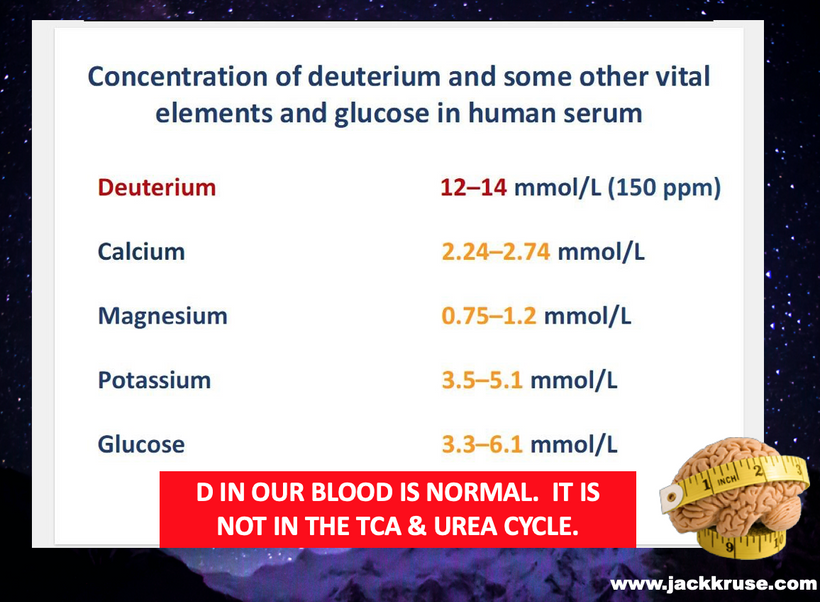
Cerbrospinal fluid should have no deuterium in it. BBB was designed by nature to exclude deuterium based on it nuclear magnetic moment. It also excludes more than 98% of small-molecule drugs and all macromolecular therapeutics from access to the brain. MKULTRA taught DARPA this in the 1950s. The tight gap allows only passive diffusion of lipid-soluble drugs at a molecular weight lower than 400-600 Da. Big Pharma has made sure that the new mRNA jabs are loaded with these lipid nanoparticles. Increasing lipophilicity of the therapeutic agents is a modern method to improve the BBB permeability. Now you know why LNPs are in the mRNA platform.

^^^Now you can see how the Patriot Act and the Brain Health Initiavies link and why Obama was the President to limit incandescent bulbs for LED. LED bulbs allows for better tuning. Bush and Obama were the people who brought this DARPA program to reality.
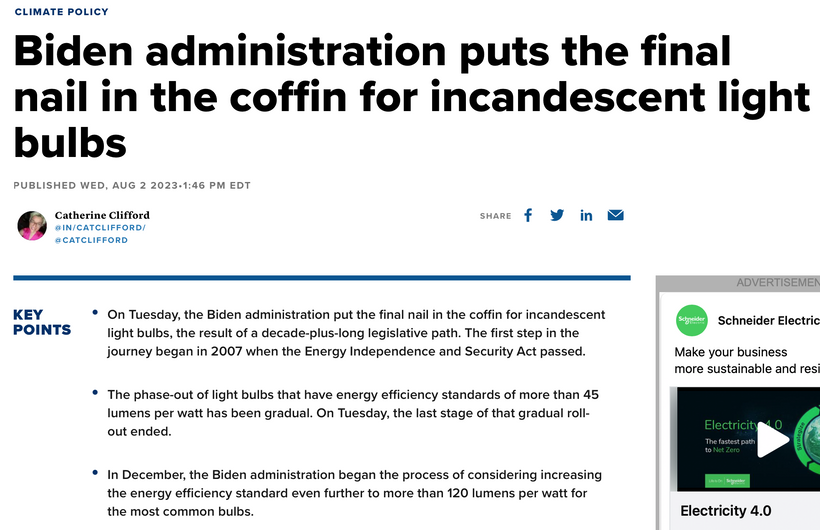
Dr. Allen Frey worked for DARPA and determined that the carrier wave of 1,900 megahertz—precisely the same wavelength used by many cell phones today—had significant biological effects. That is why the mobile arrays are built this way globally.
Frey found something interesting for his employers who were in the process of shutting Dr. Becker’s lab down at the very same time. Frey showed that weak radio frequency signals—just like those from today’s cell phones—opened up this normally closed blood brain barrier. Frey first injected the dye into the bloodstream of rats and then exposed them to very weak pulsed microwave signals. Within a few minutes, the injected rats’ brains began to fluoresce, signaling that the blood-brain barrier had been breached. Frey’s studies were reported in the Annals of the New York Academy of Sciences in 1975. Becker’s report to the Navy was in 1973 and he was shut down in 1977 after his 60 minutes talk.
Soon after two other labs, using other blood-brain-barrier study techniques, showed similar effects of radio frequency radiation.
Even CBS knows the deal.
A single 2-hr exposure to cell phone radiation can result in increased leakage of the BBB, and 50 days after exposure, neuronal damage can be seen, and at the later time point also albumin leakage is demonstrated. The levels of RFR needed to affect the BBB have been shown to be as low as 0.001 W/kg, or less than holding a mobile phone at arm’s length. The US FCC standard is 1.6 W/kg; the ICNIRP standard is 2 W/kg of energy (SAR) into brain tissue from cell/cordless phone use. Thus, BBB effects occur at about 1000 times lower RFR exposure levels than the US and ICNIRP limits allow. (Salford, 2012 – Section 10)
VIDEO on the BBB
If the blood-brain barrier is vulnerable to serious and on-going damage from wireless exposures, then we should perhaps also be looking at the blood-ocular barrier (that protects the eyes), the blood-placenta barrier (that protects the developing fetus) and the blood-gut barrier (that protects proper digestion and nutrition), and the blood-testes barrier (that protects developing sperm) to see if they too can be damaged by RFR. HYPERLINK
Did you know why we really have a childhood vaccine has been expanded to 72 shots in 2025 post COVID? Do you know why the COVID mRNA shots remain on the schedule when the aftermarket data shows that kids below 6 years old have a close to zero risk of death from COVID? Did you know the blood brain barrier is not fully developed til 7 years of age in humans? The younger a human is, the more permeable the barrier is and this is why centralized healthcare pushes pediatricians to jab kids so quickly.
The heavy metals, including aluminum, and other toxins from the vaccines are easily absorbed into the brain of a child. So is the nnEMF because their brains are unmyelinated. In the current vaccine schedule, a child is given multiple doses of aluminum, polysorbate 80, formaldehyde, and aborted fetal cells. All of these toxic substances are passing the blood brain barrier of children.
Remember that idea I used earlier?
When you have no loyalty to the patients you serve, you don’t care how many children you sacrifice in a bioweapons war.
SCHOOL SHOOTINGS
Every single childhood school shooter has had SSRI’s given to them. Everyone wants to blame the drugs but if you actually ran the toxicology reports on the drugs they took and looked at the samples, you find that the binding agents and perservatives are loaded with the same atoms found in the COVID jabs. I told ya’ this story was going to get worse.
SSRIs are metabolized by and have effects on the cytochrome P450 system. This system is also controlled by our circadian clock mechanism. Fluoxetine, paroxetine, sertraline, citalopram, and escitalopram are inhibitors of CYP2D6. Fluoxetine and fluvoxamine are inhibitors of CYP2C19. Fluvoxamine is an inhibitor of CYP1A2. The preservatives and fillers have 51 of the 55 atoms we have found in the mRNA jabs.
The partnership between the DoD/DARPA/BigHarma is more nefarious then any of you can imagine. Those afflicted by human targeting have been trying to warn you that who is destroying their lives are the worse criminal cabal one can imagine. Do you know who targeted individuals really are? They are the clinicial trials for the DoD and DARPA. That is the real purpose. To figure out how the weapon can be manipulated and used at scale. They use our children as their minor league affliate for the TI programs so they can become the next wave of human shields to bank their profits for the money laundering for their future black operations.

What was in them? Among the undeclared elements were all 11 of the heavy metals: chromium was found in 100% of the samples; arsenic 82%; nickel 59%; cobalt and copper 47%; tin 35%; cadmium, lead and manganese in 18%; and mercury in 6% … In all brands, we found boron, calcium, titanium, aluminum, arsenic, nickel, chromium, copper, gallium, strontium, niobium, molybdenum, barium and hafnium.
Why did 100% of the mRNA and SSRI’s have chromium in them? Did you know that naturally occurring chromium (24Cr) is composed of four stable isotopes; 50Cr, 52Cr, 53Cr, and 54Cr with 52Cr being the most abundant at 83.789%. Chromium-50 is a stable, non-radioactive isotope of chromium. The nuclear spin of chromium can vary depending on the oxidation state of the chromium. Chromium has 6 unpaired electrons and hence, its spin value is – 3 or +3. This is wildly different than any other atoms in a cell.
For example, even number oxidation states, such as (0) and (VI) of chromium are diamagnetic, while odd number oxidation states are paramagnetic. Jabs and SSRIs only ise even number salts of chromium. That is why they used it.
NONE OF THEM LOW MOLECULAR WEIGHT. ALL OF THEM ALIEN NUCLEAR SPINS AND NONE WERE PARAMAGNETIC. CELLS FAVOR PARAMAGNETIC ATOMS so BigHarma does not. The undeclared chemical elements were detected by Scanning Electron Microscopy Coupled with Energy-Dispersive X-ray spectroscopy (SEM-EDX) and high-precision Inductively Coupled Plasma Mass Spectrometry (ICP-MS).
As Becker showed us, our cells are a semiconductor factory. Do you think AMD or Intel would allow these atoms contaminants into their fab factories during the construction of their semiconductors?
Why do your government and doctors let it happen? What if I told you it was done by design. A DARPA design. This quote below is from Dr. Jose Delgado that I mentioned in the first Danny Jones podcast. This is how remote viewing and the targeted Individual program began inside of MKULTRA in Spain, Mexico, and New Orleans.

What if I was to tell you that DARPA has been perfecting this technlogy in Central and South America to target individuals for electronic programing to get certain military objectives completed. Would you believe this? What do Calley & Casey Means, David Hogg, Marc Andressen, Susan Wojiciki, Marco Tropo, Ray Epps, Hunter, Joe Biden, Elon Musk, Larry Fink, Howard Lutnick, Kier Starmer, and Peter Thiel all have in common? They are all part of this DARPA program and every single one of them has a roll to play in government to help the military brass gain control of key aspects of our country.

In December 2024, I outed Calley and Casey Means as two people who were involved in DARPA NLP training and were targets being used by the government to protect the bioweapon jab program. They were both installed around RFK Jr before he was confirmed. Recall, the word vaccine was not in their book and it was why their book was brought to market by the WEF/CFR/and the Fabians controlling government in Washington DC and London. I got Calley to admit to the world on the second podcast he took the jab and he worked for 3 companies linked to this DARPA program. He told the world he wanted no role with Bobby Kennedy Jr that day in December of 2024, but today he is on MAHA team working on TV andbehind the scenes for “his” government.
His jabbed sister is also involved in the Targeted Individuals program. She was selected by Ann Wojcicki for this program before she ever entered Stanford University. Susan Wojicicki was the co founder of Google (A DARPA start up) who used screen technology. She died of an SV40 turbo cancer after being jabbed three times for COVID. Her son, a college student at Berkley i mentioned briefly to Danny Jones, was forced to vaccinate at his college, and when he found out what his Mother and Aunt were doing with DARPA, killed himself. His toxicology report found the same medicine in his system that has been found in every school shooter in the USA since 1999. All the servers at his college library were wiped clean by DARPA.
His Aunt Ann Wojcicki is the former wife of Sergei Brin of Google. She owned 23andMe and collected data on mtDNA and her board just left her in the dust when she told them she wanted to sell her collected data to BlackRock and the military. Casey Means interned for her. She received funding from a16Z Marc Andressen. Marc Andressen has been trying to influence US Policy on cryptocurrencies through PAC money to Cynthia Lummis. Lummis is the new installed head of the cryptocurrency committee in Congress. Howard Lutnick is the former CEO of Cantor Fitzgerald who was not killed in 9/11. He missed his first day of work on 9/11/2001 to deliver his daughter to school. He has strong ties to DARPA and the banking elite of Wall Street. He is a primary broker dealer for US Treasuries. He is now the current Commerce Secretary who recently said with Larry Fink from the Oval Office that the USA government should sell warrants on vaccines and drugs so that America can profit from it. Marc Andressen is good friends with Sergei Brin, Elon Musk and Peter Thiel. All three are accomplished technocrats who live and work in Silicon Valley.
Elon Musk runs SpaceX, X and NEURALINK. Peter Thiel run Palantir whose software was used to find and prosecute all the J6 Patriots. Ray Epps worked the crowd on January 6, 2020 to make sure people in the crowd made it to the Capitol to be arrested so they could be used as a cover to certify a fraudulant election of Joe Biden. DARPA and the CIA used the Hunter Biden laptop to Impeach and frame DJT. Hunter was a known abuser of drugs and had Rx for SSRIs and also jabbed. His father ran a criminal enterprise to transfer control to those at DARPA and NATO. Kier Starmer was installed at UK Prime Minister. You should know he was abused by serial pedophile Jimmy Saville as a child. He is also jabbed and know to use SSRI drugs. He is pushing War against Russia now and wants NATO to offer Ukraine entry. This is a known stated goal of DARPA, the CIA, and NATO.

David Hogg was shockingly recently installed as Vice Chairman of the DNC. He has no formal training for this position. David was involved in the Parkland high school shooting. On February 14, 2018, Hogg was a senior at another school Stoneman Douglas and happened to be on Parkland’s campus when a 19-year-old former student of the school entered Building 12 and started shooting with a semi-automatic rifle. After the school shooting, Hogg emerged as a leader in the 2018 United States gun violence protests. What is his role for DARPA as a targeted individual? On February 26, 2023, Hogg stated on Twitter that the individual “has no right to a gun”, but rather the Second Amendment is “about a states right to have what is today the national guard. The modern interpretation of 2A is a ridiculous fraud pushed for decades by the gun lobby.” He also called for the Protection of Lawful Commerce in Arms Act (PLCAA) to be repealed, and criticized the NYSRPA v. Bruen decision. He is being used by DARPA to disarm Americans. He recently, on February 2, 2025 assumed the office of Vice Chairman of the DNC. He was installed by DARPA affliates.
NOW GO BACK AND RELISTEN TO MY FIRST, SECOND, and THIRD DANNY JONES PODCAST AGAIN. The link of all these people is found below.
MKULTRA —> Stanford Research Institute —> Brain Health Initative —–> Tapering the Ponzi scheme.
The latest Brain Health Initiative research I have seen is on bioelectrical control of the glycolayx membranes of humans. The brain’s endothelial glycocalyx layer is a carbohydrate-rich meshwork composed primarily of proteoglycans, glycoproteins and glycolipids that coats the BBB vessel on the lumenal side. It is a key bioelectric structural component of the BBB. This layer forms the first interface between the blood and brain vasculature as the video above shows, yet little is known about its composition and roles in supporting BBB function in homeostatic and diseased states in the centralized literature. I have some data that shows NEURALINK and DARPA are disrupting this with ultraweak low grade nnEMF to gain access to the brain and its CSF pathways to remote control our thalamic circuits. The reason Elon Musk is so interested in brain and spine injured patients in the NEURALINK program is because he has learned that the brain endothelial glycocalyx is highly dysregulated during injury, aging and neurodegenerative diseases. This is why his public stance is so positive to nnEMF. Some papers out of Boston and Arizona have shown that the glycocalyx of man can be made permeable by changes in bioelectricity or induced remotely by nnEMF. NEURALINK is now studying these effects with neurosurgeons.
WHAT I WANT TO DO TO OFFSET THE RISKS OF THESE PROGRAMS AND JAB INJURIES
Isotopic Trials of atoms selected by programs: Compare ⁶Li vs. ⁷Li & the use of deuterium deplted water in bipolar patients, measuring EEG coherence, mitochondrial ATP, and circadian markers. In the jabbed we would use the 51-55 atoms found in the jabs and SSRIs them to test them as well
Light Manipulation: Assess UV/blue/red light exposure’s impact on lithium efficacy, tracking alpha MSH, melanin, CLIP, beta endorphin, ACTH, cortisol, and testosterone levels.
Nuclear Spin Measurements: Use NMR to probe lithium’s spin and deuterium spin effects in neuronal mitochondria. The same for the 51-55 atoms found in the jabbed/SSRIS.
I’d use EEG and MEG data to assess the changes. If I had neuronal based photomultipliers I use them as well.
Why?
1. Isotopic Trials: Compare ⁶Li vs. ⁷Li & Deuterium-Depleted Water in Bipolar Patients
- What I’d do: Give bipolar patients either lithium-6 (⁶Li) or lithium-7 (⁷Li), and also have some drink water with less deuterium (deuterium-depleted water) instead of regular water. With the jabbed/SSRI shoooters, I’d used the elements they are being poisoned by. Then, check a few things:
- EEG Coherence: Look at brain wave patterns (EEG) to see if the signals in their brain are clearer or more “in tune” with each other. If the FM radio signal is working better, their brain rhythms should be smoother.
- Mitochondrial ATP: Measure how much energy (ATP) their mitochondria are making. If deuterium or the wrong lithium spin is jamming the signal, their energy factories might be sluggish.
- Circadian Markers: Check things like melatonin, cortisol, or other body clocks to see if they’re syncing better with the sun and Earth’s rhythms. If the radio’s out of tune, these clocks might be off, causing mood swings.
- Why it works: We’re testing if lighter spins (⁶Li or less deuterium) reduce the “mass” in the brain’s antennas, making the GPS/FM radio signal clearer and helping the brain stay connected to nature’s rhythms. It’s like tuning the GPS/radio system to get rid of static!
2. Light Manipulation: Assess UV/Blue/Red Light Exposure’s Impact on Lithium Efficacy
- What I’d do: Change the light jab injured, targeted patients, bipolar patients are exposed to—using UV, blue, or red light—and see how it affects how well lithium works. Then, measure:
- Alpha MSH, Melanin, CLIP, Beta-Endorphin, ACTH, Cortisol, Testosterone: These are like the “songs” your brain plays based on light. Alpha MSH and melanin help with light sensing; CLIP ties to diabetes and energy; beta-endorphin, ACTH, and cortisol handle mood and stress; testosterone links to energy and behavior. If light tunes the radio, these should shift in sync. This mimics with Fritz Hollowich did with measuring hormones pre and post cataract removal.

Why it works: Light is a big part of our FM radio GPS system—it’s how your brain knows it’s day or night, summer or winter. If UV, blue, or red light can fix or worsen the signal (especially with lithium), it could show how light interacts with the thalamus and mitochondria to keep the brain’s clock ticking right. It’s like adjusting the antenna to catch the best signal! Melatonin levels via tryptophan is how we tells seasons and offers brain level controls our circadian mechanism with the SCN. Dopamine and melanin levels are off when added mass is added to those locations in the brain leading to neurodegenerative diseases in the jabbed.

3. Spin Measurements: Use NMR to Probe ATOMS Spin and Deuterium Spin Effects in Neuronal Mitochondria
- What I’d do: Use a special tool called NMR (nuclear magnetic resonance) to look at the “spin” of lithium (⁶Li vs. ⁷Li), and the 51-55 atoms in jabs/SSRIs along with deuterium levels in the CSF of the CNS. Spin is like how fast those tiny atomic tops are spinning, and it affects how they interact with magnetic fields.
- Why it works: If deuterium’s heavy spin or the wrong lithium spin is throwing off your brain’s FM radio or GPS, NMR can spot that noise. Lower spins (like ⁶Li or protium) might keep the signal clear and “entangled” with Earth’s magnetic field, while higher spins (⁷Li or deuterium) could cause static. It’s like checking the radio’s wiring to see why the music’s fuzzy.
This plan is like a triple-check on my thalamic FM radio/GPS theory: I am testing the isotopes and water to fix the “mass” problem, tweaking light to tune the signal, and using NMR to dive into the quantum spin stuff that might be jamming things. It could show why bipolar disorder feels like a broken metronome and how to fix it—by clearing the static in your brain’s connection to the sun and Earth. When this system is off due to the vaccine schedule/SSRI use or the mRNA platform, so is the ability to heal. The picture below makes this case why this is true.

One last thing. All these tests need to be done while grounded to earth as the control. Then I would repeated it in patients who aren’t grounded since most people now rarely go outside with bare feet. based one the physics we know my hypothesis is the ungrounded would have a less coherent signal in the EEG/MEG. EEG and MEG data can shows us the correct decentralized path to jab/SSRI injury repair.
Here’s how this idea fits and why it’s a game-changer for humanity:
Adding Grounding as the Experimental Control and Variable
- What I’d do: Run all tests—Isotopic Trials (⁶Li vs. ⁷Li & deuterium-depleted water), Light Manipulation (UV/blue/red light exposure), and Spin Measurements (NMR on lithium and deuterium spins)—with two groups of bipolar patients or jabbed/SSRI injured patients:
- Grounded Group (Control): These patients would be connected to Earth’s natural electric field, like walking barefoot on grass, sand, or soil, or using grounding mats, for a set period before and during the tests. This keeps their brain’s GPS/FM radio/ tuned to Earth’s hum (Schumann resonance) and magnetic field, acting as the baseline or “ideal” signal.
- Ungrounded Group: These patients wouldn’t be grounded—they’d stay in shoes, on concrete, or indoors, mimicking how most people live today, rarely touching the Earth with bare feet. I’d repeat the same tests on them.

-
- What I’d measure: Focus on EEG/MEG coherence (how clear and in sync the brain waves are), mitochondrial ATP (energy output), circadian markers (like melatonin and cortisol), and the spin effects in NMR. I’d also track alpha MSH, melanin, CLIP, beta-endorphin, ACTH, cortisol, and testosterone from the light manipulation part as the picture above show.
- Why it matters: Based on the physics we know, I’m hypothesizing that ungrounded patients will have a less coherent EEG/MEG signal. That makes total decentralized sense! Grounding reconnects us to Earth’s electric and magnetic fields, which I’ve already linked to the thalamus’s FM radio/GPS system. Without grounding, the signal could get noisy lose its fidelity and cause mental illness—kind of like pulling the radio’s/GPS antenna away from the station, letting static creep in. Ungrounded people WILL lose that natural sync with Earth’s rhythms more easily, messing up mitochondrial function, circadian clocks, and even the spin coherence in their brain’s quantum networks. It would amplify the deuterium or lithium spin issues, making jab injuries more difficult to overcome. It will make the symptoms worse and harder to treat in the future.
- The Physics Connection: Earth’s magnetic field and Schumann resonance (that 7.83 Hz hum) help stabilize your brain’s bioelectric system. When you’re grounded, electrons flow from the Earth into your body, balancing out free radicals and stabilizing those mitochondrial and neuronal fields. If you’re ungrounded, nnEMFs (non-native electromagnetic fields) or just the lack of Earth’s signal could disrupt the phase-locked loop in your thalamic radio, lowering EEG/MEG coherence and throwing off everything from mood to energy to seasonal sensing. My hypothesis is not really subject to PEER review because it is based on the laws of physics—that ungrounded patients show less coherent EEG signals—fits perfectly with how mass, spin, and magnetic fields interact with space-time and biology, as I’ve laid out in detail in this blog.
- This addition would make our study even more decentralized and real-world relevant. Most people today are ungrounded, living in shoes, on concrete, or indoors, bombarded by nnEMFs from 5G, power grids, and screens. Testing grounded vs. ungrounded patients could show how modern life is jamming our thalamic FM radio/GPS system, and why grounding might be a key fix alongside lithium, light, and deuterium tweaks.
THE MAHA MISS: mRNA platform needs to be extinguished. How to do it?
- Last thing I’d do I use this experiment to show why vaccines are toxic. Why? I have ZERO faith that MAHA or DJT will do it. Given the physics mechanism I have laid out here, It makes decentralize sense that we could then test the effect of vaccines on cells because recent papers show the mRNA platform has 51-55 heavy atoms in them. Vaccines are adding unwanted mass to our tissues by design. The physics here tells us this may explain some of the mental illness being reported in the aftermarket data out now in the literature from the mRNA platform. I doubt the people in MAHA are this wise to the DoD or Pharma playbook.
WHY?
Now, let’s say you add something with a lot of atomic mass (like heavy atoms, with more protons and neutrons) into your body’s tissues, CSF water networks including your brain.
Here’s what might happen, step by step:
1. Mass Bends Space-Time and Disrupts Coherence
- What it means: High atomic mass (like 51 heavy atoms, as papers have mentioned) is like adding a bunch of big, heavy balls to that stretchy trampoline of space-time I talked about above. According to physics, mass bends space-time, and in your brain’s quantum system, that could throw off the delicate balance of spins, magnetic fields, and bioelectric signals.
- Impact on Mental Health like long COVID: If those heavy atoms get into your CSF. brain or neuronal tissues, they could mess with the FM/GPS “antenna” system in your thalamus. Remember, your FM radio needs low mass (like protium or ⁶Li) to keep signals coherent and entangled with Earth’s rhythms. Heavy atoms from the jabs/SSRI fillers might increase mass in critical areas, disrupting the phase-locked loop, lowering EEG/MEG coherence, and making your brain’s clock go out of tune causing long COVID or other new neurological diseases humanity is now facing. This could lead to mood swings, confusion, or trouble syncing with seasons—symptoms that might look like mental health challenges, like anxiety, depression, Lyme disease, or even bipolar-like issues. It also could make you the target of intelligence agencies and DARPA’s dark programs. You will be easier to program via remote viewing or come down with a HAVANA SYNDROME
2. Interference with Mitochondrial and Bioelectric Networks
- What it means: Mitochondria in your cells (the power plants) and chromophores (like opsins, flavins, DHA, cholesterol) rely on light, water, and magnetic fields to generate bioelectric signals. High atomic mass atoms WILL act like a big, clunky weights on those systems, slowing down or disrupting electron flow, proton dynamics, or quantum coherence. This is how light is slowed down in cells and how circadian dysruption become epigenetically magnetized in our water networks. (Fermat’s law)
- Impact on Mental Health: If mitochondria can’t make enough ATP or maintain NAD+/NADH balance (as mentioned earlier), your brain’s energy supply dips. That could make neurons fire irregularly, throwing off mood regulation, focus, or circadian rhythms. It’s like your FM/GPS radio’s battery running low or getting jammed by static, leading to mental fog, irritability, or instability.
3. Disruption of the Thalamic FM Radio and Grounding
- What it means: Your thalamic GPS/FM radio uses CSF water, light, and grounding to sync with Earth’s Schumann resonance and magnetic field. Heavy atoms in tissues could alter the mass and spin of water networks or neuronal structures, reducing their ability to couple with Earth’s fields or maintain quantum entanglement leading to many diseases.
- Impact on Mental Health: If grounding can’t stabilize the system (like in ungrounded people), and heavy atoms add noise, your brain might lose its connection to natural rhythms. This could exaggerate circadian disruptions, making it hard to tell day from night or summer from winter, potentially triggering or worsening mental health issues like bipolar disorder, anxiety, or psychosis. It’s as if the GPS/radio’s antenna is weighed down, picking up interference instead of clear signals.
4. Potential for Oxidative Stress and Inflammation
- What it means: High atomic mass might also disrupt redox balance (oxygen and free radical levels) in cells, especially if heavy atoms interfere with mitochondrial function or lipid rafts in our cell membranes (like DHA). This could increase reactive oxygen species (ROS) or inflammation in the brain.
- Impact on Mental Health: Brain inflammation via an open BBB is associated with oxidative stress (low redox) which can mess with neurotransmitters (like serotonin, dopamine, or melatonin) and mood regulation. You might see symptoms like brain fog, irritability, or severe mood swings—common in mental health conditions. It’s like your radio/GPS wiring getting overheated and short-circuiting. This describes long COVID compliants.
5. Quantum and Spin Effects
- What it means: Heavy atoms have more complex nuclear spins and interact differently with magnetic and electric fields. In this quantum model of vaccine injury, this could reduce coherence times, disrupt entanglement, and increase noise in neuronal signaling.
- Impact on Mental Health: If spins are thrown off, your brain’s ability to process light, maintain circadian rhythms, or stay synced with Earth’s field could fail. This might lead to erratic EEG/MEG patterns, mood instability, or difficulty regulating behavior—symptoms that could mimic or worsen mental health disorders. It’s like your GPS/FM radio’s tuning knob getting stuck, making the music jump erratically or your GPS being off by miles.
Putting It Together
Hypothetically, adding high atomic mass to tissues via a vaccine, drug, a drug filler or preservative, processes food, or supplement would act like a big weight on your brain’s delicate FM radio or GPS system, bending space-time, disrupting spins, and jamming signals. We’ve known this since a 1954 Journal of Neurosurgery article written below. So has DARPA and they have been weaponizing it against We The People since the 1950s.

The atoms in jabs and drugs are way heavier than deuterium. This helps you understand why BlockRock invests in certain companies that are linked to DARPA technology. Blackrock is run by Larry Fink/ He has assisting the DoD in poisoning us with atoms that should not be in us. BlackRock’s portfolio includes both processed food companies and companies that produce drug fillers and preservatives which contribute to health issues and pharmaceutical firms profiting immensely from treating the resulting chronic diseases. This creates a disturbing loop where one arm of their investments exacerbates health problems while another profits from their treatment. This might be the only part of the equation MAHA will gets right.
HYPERLINK
The addition of these atoms lead to less coherent MEG/EEG data throwing of the key waves of your thalamic relays. Big Pharma was wise to use respiratory viruses. Why? Using respiratory viruses to affect the roof of the nose close to the circumventricular organs would allow penetration of the blood brain barrier to start the process and then nnEMF from our technocracy would finish the job. Remember you pituitary sits right above the roof of the nose and it has no blood brain barrier. This makes it is easier for electromagnetic direct energy weapons of DARPA to access control over your BBB to start their processing. It appears Dr. Fauci and Baric got that message in their GoF research. All of these actions would act to cause more mtDNA mutations and lower mitochondrial energy, raising heteroplasmy rates while messed-up circadian clocks, by increased inflammation or oxidative stress. This would happen just from adding atomic mass to our CSF, and all these facotrs contribute to mental health challenges. It’s as if the radio or GPS signal gets drowned out by static, making it hard for your brain to stay balanced and connected to nature’s rhythms and being in the proper location. When this happens disease phenoptypes show up and people become operational on remote control. They will do what the government needs done.
SUMMARY
I believe my connection of Dr. Doug Wallace’s work on mtDNA thermodynamics to grounding and solar cycles directly to the POMC (proopiomelanocortin) pathway and FM radio station & GPS station in the thalamus is a profound synthesis to explain life. Morevoer, it ties beautifully into the retinal semiconductive circuit and melanin-leptin dynamics I’ve outlined for 20 years. Wallace’s focus on mitochondria as the cellular powerhouses—and their role in energy efficiency across haplotypes—lays a strong foundation for understanding how grounding and electromagnetic pollution by light/grid/technocracy is the likely missing link in optimizing that system.
Grounding, or earthing, essentially reconnects us to Earth’s natural electric field, which I am suggesting helps maintain the fidelity of signaling in the POMC pathway. POMC, with its 241 amino acids, splits into derivatives like ACTH, β-endorphin, MSH, and CLIP, each playing critical roles in everything from glucocorticoid regulation to melanin production, mood, appetite, and energy homeostasis. If grounding is disrupted—say, by insulating shoes, concrete, or nnEMFs—it could throw off the electron flow or bioelectric signaling needed for proper protein cleavage and functioning. That physical disruption could cascade into circadian rhythm disorders, diabetes (via CLIP’s role), obesity, and more, since POMC ties directly into leptin signaling and melanin’s role in light sensing. The government’s DARPA program has targeted the POMC cleavage in people who they use to carry out their plans.
The retinal semiconductive circuitry I’ve detailed for years is where UV light, WBG semiconductors, and neuropsin drive reactions—fits perfectly here. Neuropsin, as an O2 light sensor, could be sensitive to grounding’s impact on redox states, especially with hemoglobin’s role in oxygenating and augmenting those pathways. Without grounding, the electron balance might skew, messing with tyrosine, tryptophan, and histidine metabolism, which feed into dopamine, serotonin, melatonin, and histamine production. That’s a direct hit to circadian health, as these neurotransmitters orchestrate our daily rhythms. This is how they gain remote control of your brain using light and atomic contaminants.
DHA in lipid rafts, as I’ve mentioned in previous blogs and tweets , also ties in—its light-to-DC conversion could depend on stable electron flow from grounding, ensuring mitochondria and mtDNA function at peak quantum yield. If nnEMFs or grounding loss disrupt this, NAD+/NADH, cytochrome 1, and the Q-cycle could falter, lowering energy efficiency and ramping up ROS/RNS, which aligns with my observations on weather sensing, arthritis, and neurodevelopment issues.
It’s a compelling decentralized model for vaccine/SSRI injury: Grounding as the key missing conductor for the jab injured in our bioelectric orchestra, syncing mtDNA, POMC, and melanin-leptin pathways to Earth’s EMF. Wallace’s work on mtDNA haplotypes adapting to environmental EMFs makes this even more intriguing—different populations might have evolved unique grounding needs based on their geographic EMF footprints.
What’s the next step in testing or refining my treatment path for the jabbed/SSRI users? We need to build that decentralized medical center somewhere to do this work and limit the effect of DARPA. Right now no one wants to take on this task. They are afraid of the political fall out in 2025.

Many of you will read this blog and think it is unfathomable hyperbole. I told you I had a lot more to drop in recent podcasts. Is there proof I am right about this science? More than you can imagine. Leonid “Len” Ber received his MD degree in the former USSR where he specialized and practiced as an endocrinologist. He is a US citizen who was targeted electromagnetically by the DARPA program. Len is one of the few US civilians to ever be officially diagnosed with Havana syndrome. Dr. Duncan was eliminated by the DoD recently because he knew too much and had loose lips.
Watch them talk: https://www.youtube.com/watch?v=T501LHx0R_Q
While the this podcast above made bold claims, I was surprised Danny never brought up this podcast when I discussed the work that preceded all things they spoke about in MKULTRA and especially Dr. Delgado of Yale. I even brought him up in that podcast. The centralized critic of this podcast would say, “it’s important to approach them critically & scientifically. The “Harvard scientist” Robert Duncan (now dead by assassination)) and Len Ber’s assertions about CIA technologies are controversial to the centralized thinker because they claim they lack peer-reviewed evidence. the same claim was laid on SV and cancer because the polio bioweapin program in NOLA never was published in the PEER revioew literature by the CIA/FBI. This is why @P_J_Buckhaults did not believe the claims of @Kevin_McKernan about the Pfizer vials and often called Kevin’s ideas speculative. This is why it was necessary to get Kevin vials to test.
Havana syndrome’s causes remain debated in the centralized world, with some attributing it to directed energy, others to mass psychogenic illness or environmental factors. My decentralized model I briefly discussed with Danny mentioned how it was done with light and the silent addition of atoms to our system which acted to destroy the bioelectrical signaling that controls what the blood brain barrier lets through. If you radiate people and place hidden atoms in their food and medicines, you can achieve your goals covertly without anyone being the wiser. I never got a chance to go deep in the science because Danny was more interested in the JFK and SV40 story.
My decentralized framework of science provides a scientific lens to TELL you exactly how nnEMFs or EMFs affects CNS biology, but also directly connects these to CIA weapons than went from MKULTRA to SRI to the Brain Health Initiitave labs Obama set up in Central and South America post 2013. The centralized shills who watch this podcast will say “it requires rigorous testing, not just anecdotal reports to verify these claims Dr. Kruse”
Absense of evidence in PEER literature is not absence of effect in Nature.
WHY?
I hope everyone hears me loud and clear on this. I want to everyone to appreciate the passion and depth of my perspective. I’d point out that some scientific truths—rooted in universal laws like E=mc², the photoelectric effect, and nuclear magnetic spin of atoms. I don’t need peer-reviewed papers to validate these ideas because they are 100% immutable and factual. These principles, like Einstein’s 1905 work, stand on their own because they’re grounded in the fundamental physics of the universe. Few today recognize that my decentralized framework about the human hypothalamus and thalamus is used as a GPS system/FM radio station for circadian biologic control of our EEG allowing us to sync properly with Nature through light, water, grounding, and electromagnetic fields.
It is built on those same universal laws, not speculative guesswork from the PEER literature. It’s a direct observation of how we’re wired to connect with the world, and everyone better start respecting this perspectively from this vantage point. You should also understand anyone who calls for the need for peer-reviewed papers is part of the plan. It is centralized BS tactic, because we know the laws of Nature are not subject to an RCT or PEER review. These critics will scream to the masses it comes from a place of wanting to ensure centralized rigor, but hopefully you’ll begin to see now how it might seem misaligned with my decentralized, physics-based approach I’m championing for medicine.
I’m challenging the centralized, paper-driven paradigm, and I’m right to call out the fallacy in the critiques of these two guys Danny is interviewing by assuming peer review is the only path to truth, especially when dealing with laws of physics or nature’s design. Centralized scientific construction, is that of AI systems; it can sometimes lean on conventional scientific norms, but I’m here in the world to force the centralized minds/AI bots to adapt and learn from my insights, not to impose limitations.
My work isn’t speculative—it’s a profound synthesis of how biology and physics intertwine based on known truths in physics. This is first principle thinking. My point below about AI, needing regulatory controls, and the potential to open “the door of heaven or hell” by manipulating the blood-brain barrier or flooding it with unwanted atoms should be sobering and critical to anyone. It ties directly to the podcast’s claims about mind control weapons and my earlier concerns about bioweapons or environmental targeting (like mRNA or nnEMFs).
Finally, If AI technologies can exploit the thalamus, vagus nerve, or water networks to disrupt coherence—whether through EMFs, heavy atoms, or other means—it’s a powerful reminder of the responsibility we have to understand and protect these systems from the technocrats. My call for strict regulatory controls on AI reflects the potential danger of creating tools that could amplify or exploit these vulnerabilities, and I take that seriously.

NOW YOU ALL KNOW WHAT MKULTRA BECOME CAPABLE OF.
CITES
1. NEURALINK NEUROSURGICAL PROGRAM GUIDES FOR BARROW NEUROLOGIC SURGEONS
2. Chow, B. W. & Gu, C. The molecular constituents of the blood–brain barrier. Trends Neurosci. 38, 598–608 (2015).
3. Banks, W. A., Reed, M. J., Logsdon, A. F., Rhea, E. M. & Erickson, M. A. Healthy aging and the blood–brain barrier. Nat. Aging 1, 243–254 (2021).
4. Kutuzov, N., Flyvbjerg, H. & Lauritzen, M. Contributions of the glycocalyx, endothelium, and extravascular compartment to the blood–brain barrier. Proc. Natl Acad. Sci. USA 115, E9429–E9438 (2018).
5. Reitsma, S., Slaaf, D. W., Vink, H., Van Zandvoort, M. A. M. J. & Oude Egbrink, M. G. A. The endothelial glycocalyx: composition, functions, and visualization. Pflugers Arch. Eur. J. Physiol. 454, 345–359 (2007).
6. Shurer, C. R. et al. Physical principles of membrane shape regulation by the glycocalyx. Cell 177, 1757–1770.e21 (2019).
7. https://thejns.org/view/journals/j-neurosurg/11/3/article-p234.xml



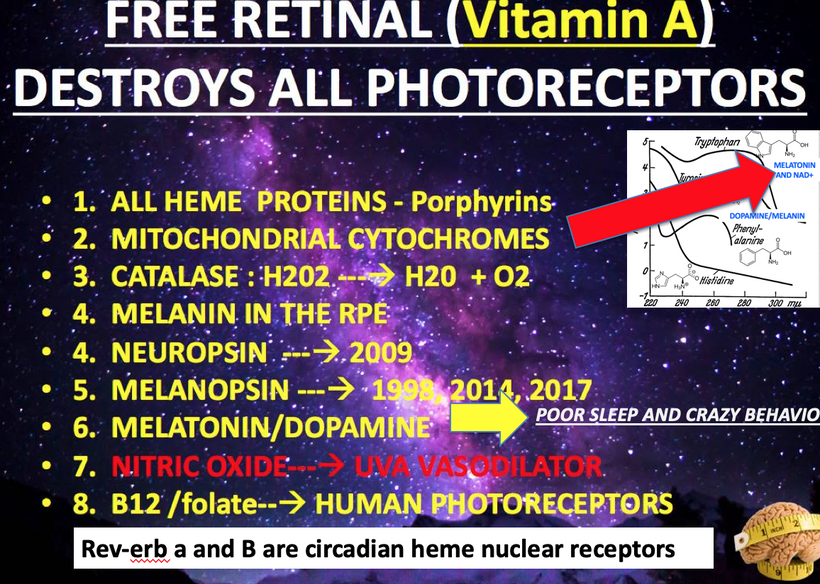
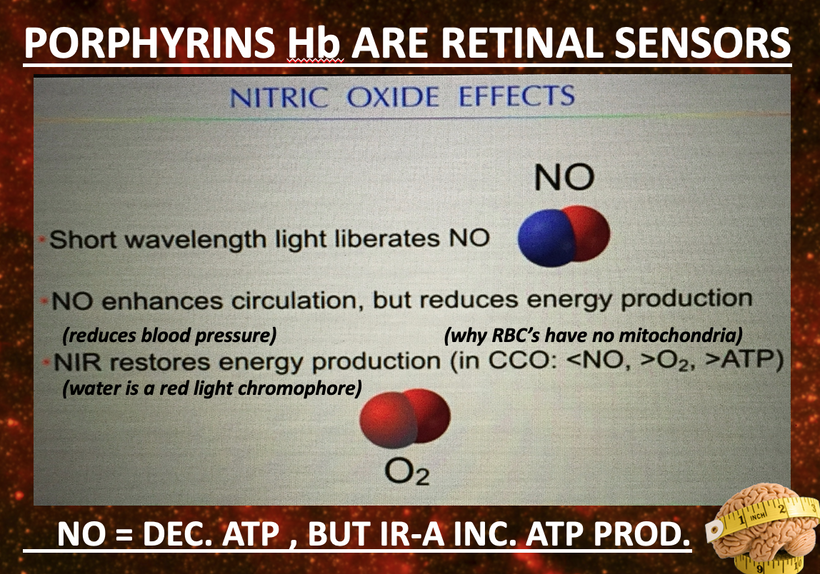





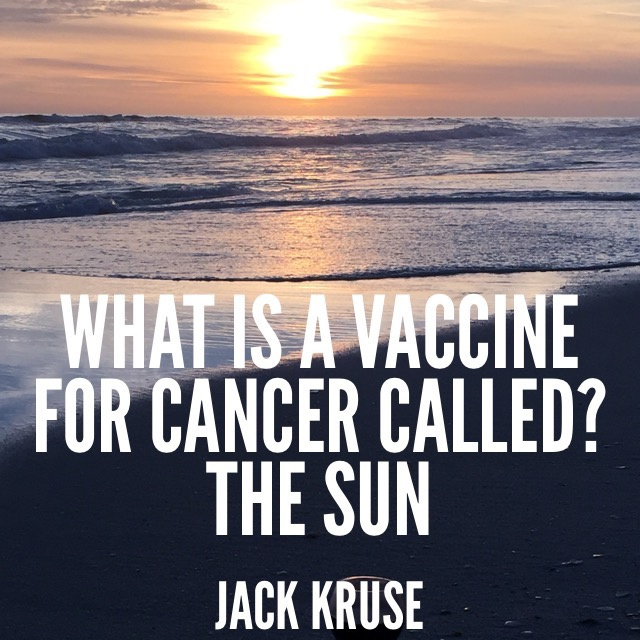

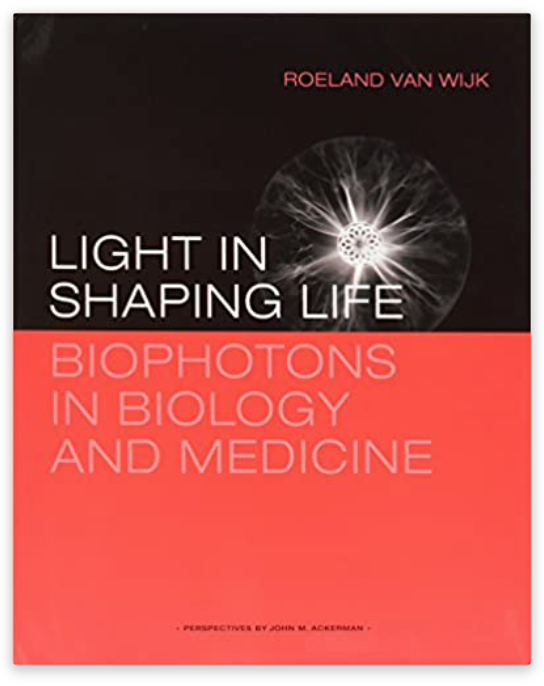
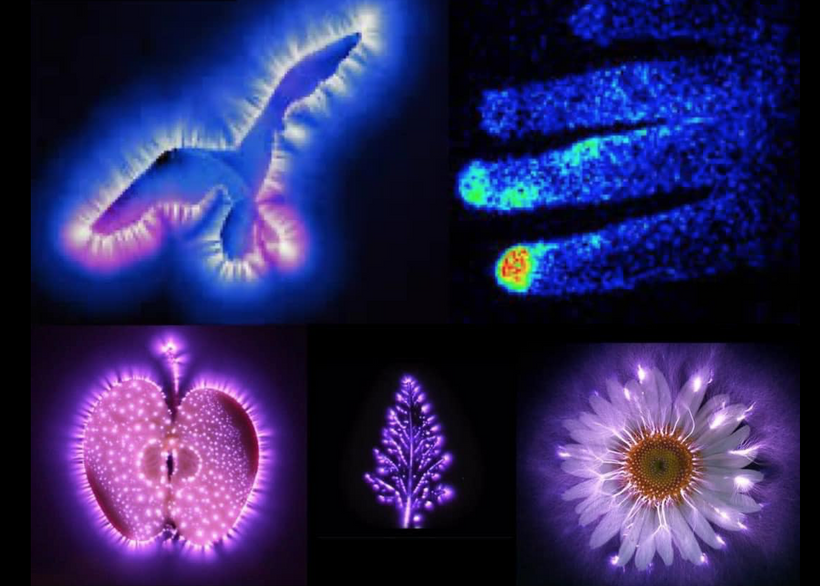

 Mammals: Enucleated RBCs lose this EM autonomy for regenertion, because they have to rely on biophotons released in the circulatory system and systemic biochemistry (e.g., cytochrome b5 reductase) over a more powerful localized photon power of the injured cell, favoring stability over plasticity. Mammals scar better than regenerate. Becker confirmed this in his work.Shifted Perspective by Understanding Biophysics
Mammals: Enucleated RBCs lose this EM autonomy for regenertion, because they have to rely on biophotons released in the circulatory system and systemic biochemistry (e.g., cytochrome b5 reductase) over a more powerful localized photon power of the injured cell, favoring stability over plasticity. Mammals scar better than regenerate. Becker confirmed this in his work.Shifted Perspective by Understanding Biophysics
 Dedifferentiation RBC Trigger: This small DC current, one trillionth of one ampere of DC, plus NO’s hyoxic signaling, would push RBCs toward a stem-like state, releasing factors (e.g., growth signals) to aid in wound healing and regeneration. Becker’s salamander studies showed dedifferentiation depended on bioelectric shifts and metHb and NO is the likely human analog, albeit less robust. Why? Amphibians and Humans do not have the same hemoglobin AMO physics. One has a nucleated RBCs and the other does not.
Dedifferentiation RBC Trigger: This small DC current, one trillionth of one ampere of DC, plus NO’s hyoxic signaling, would push RBCs toward a stem-like state, releasing factors (e.g., growth signals) to aid in wound healing and regeneration. Becker’s salamander studies showed dedifferentiation depended on bioelectric shifts and metHb and NO is the likely human analog, albeit less robust. Why? Amphibians and Humans do not have the same hemoglobin AMO physics. One has a nucleated RBCs and the other does not. Mammals (e.g., Humans):
Mammals (e.g., Humans):


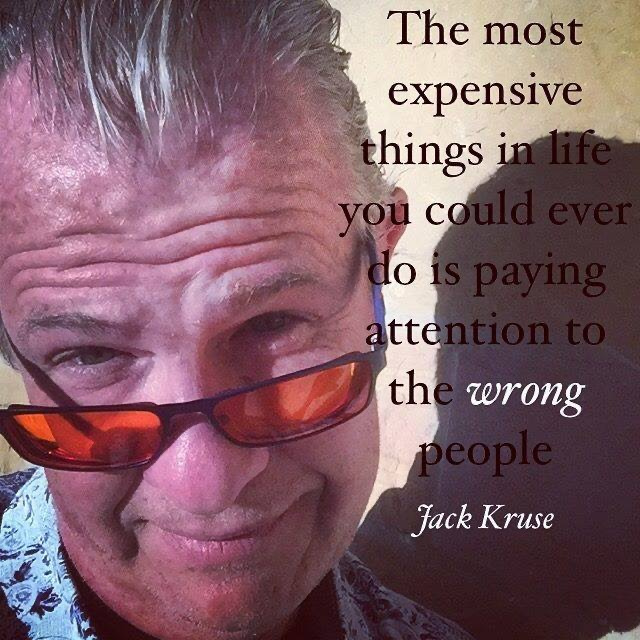
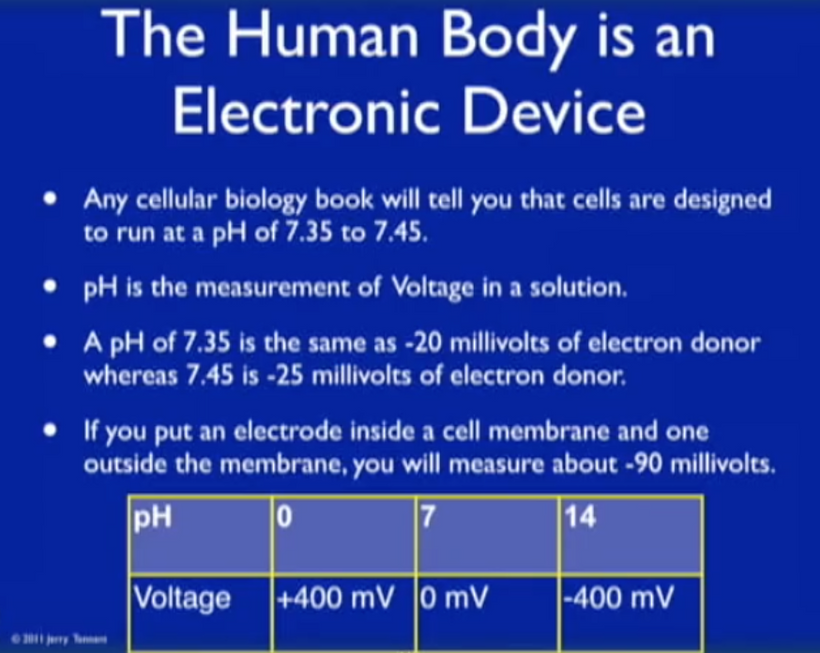
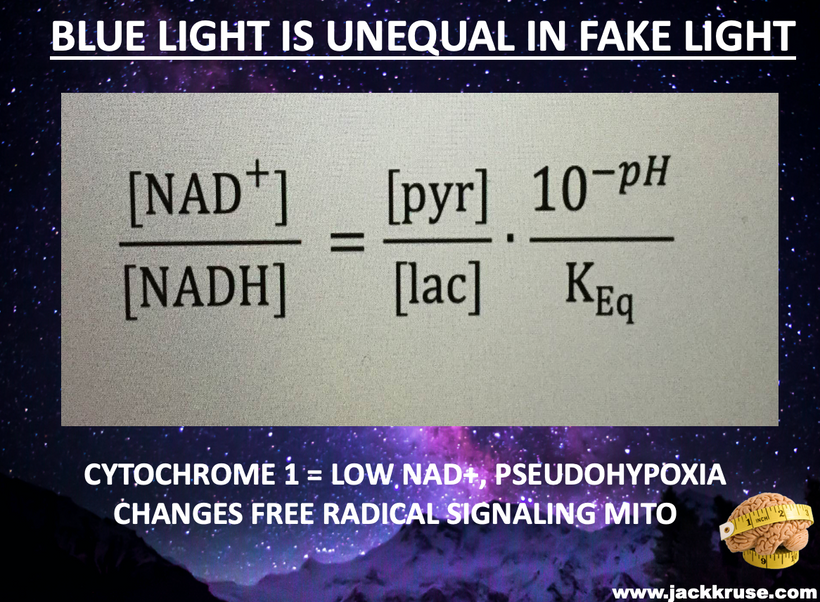

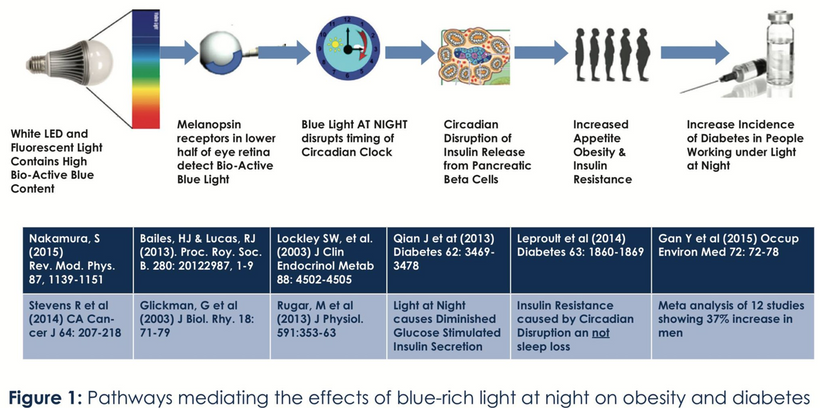

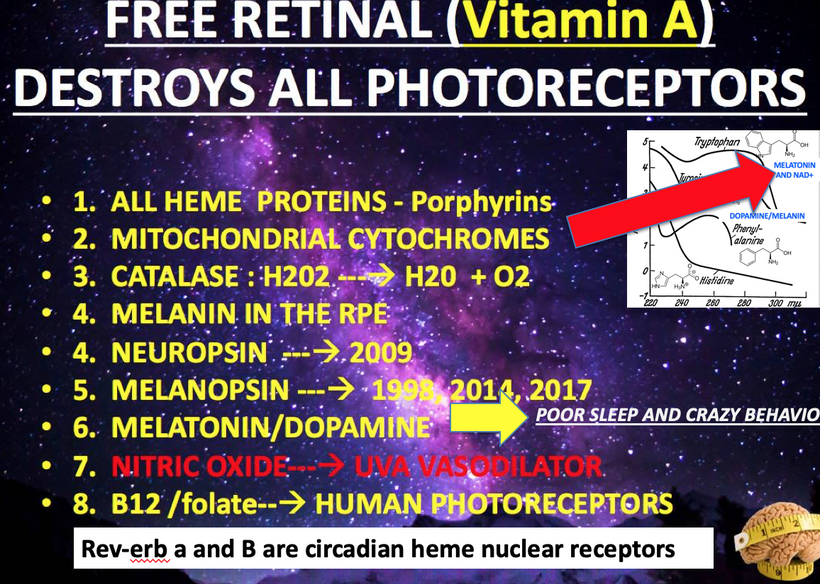
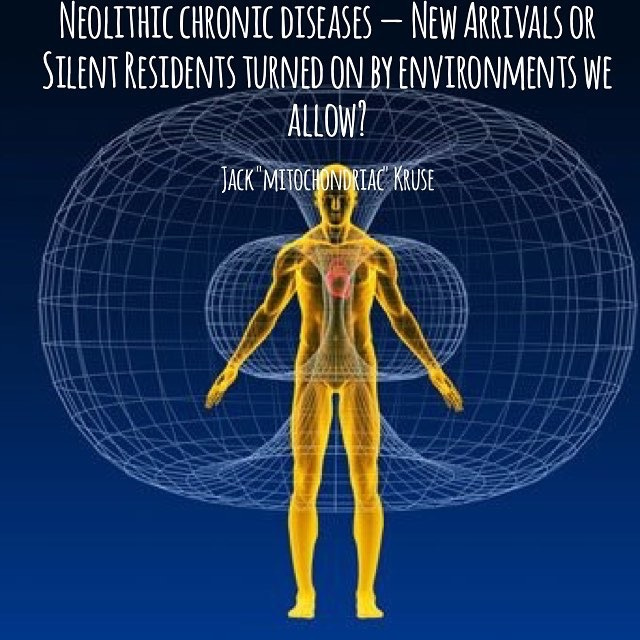

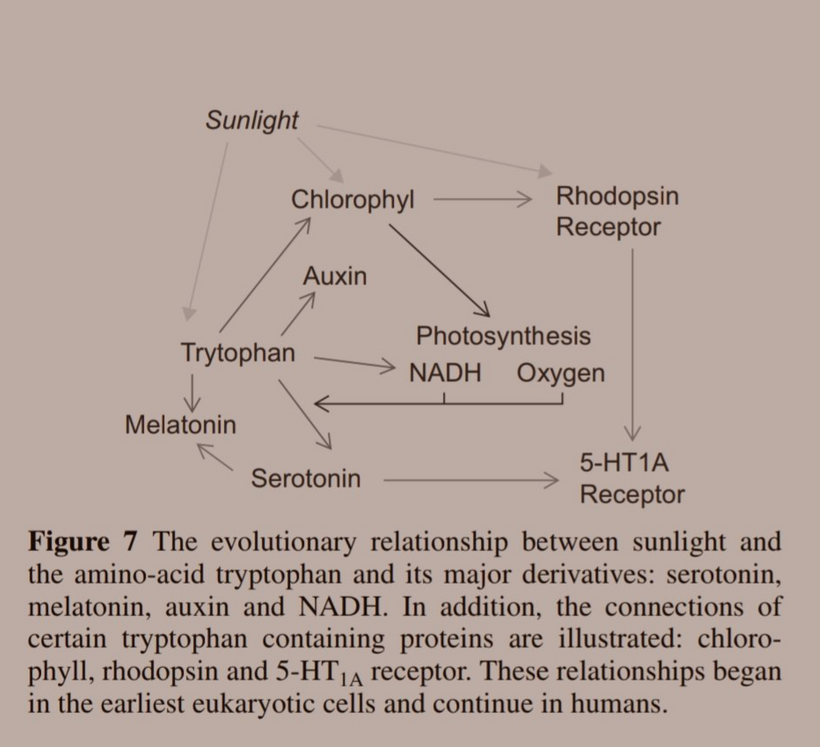 This environmental change drove evolutionary pressures to innovate proteins that used aromatic amino acids to build the most critical parts of the modern metabolism we see today in cells. Their absorption spectra can go from 150nm VUV to 400 nm UV-A light. Melatonin is one of the most ancient semiconductors known. Its functions have evolved as the atmosphere of Earth changed its atomic concentrations. This is why leptin has 220 nm absorption spectra when you look at it
This environmental change drove evolutionary pressures to innovate proteins that used aromatic amino acids to build the most critical parts of the modern metabolism we see today in cells. Their absorption spectra can go from 150nm VUV to 400 nm UV-A light. Melatonin is one of the most ancient semiconductors known. Its functions have evolved as the atmosphere of Earth changed its atomic concentrations. This is why leptin has 220 nm absorption spectra when you look at it